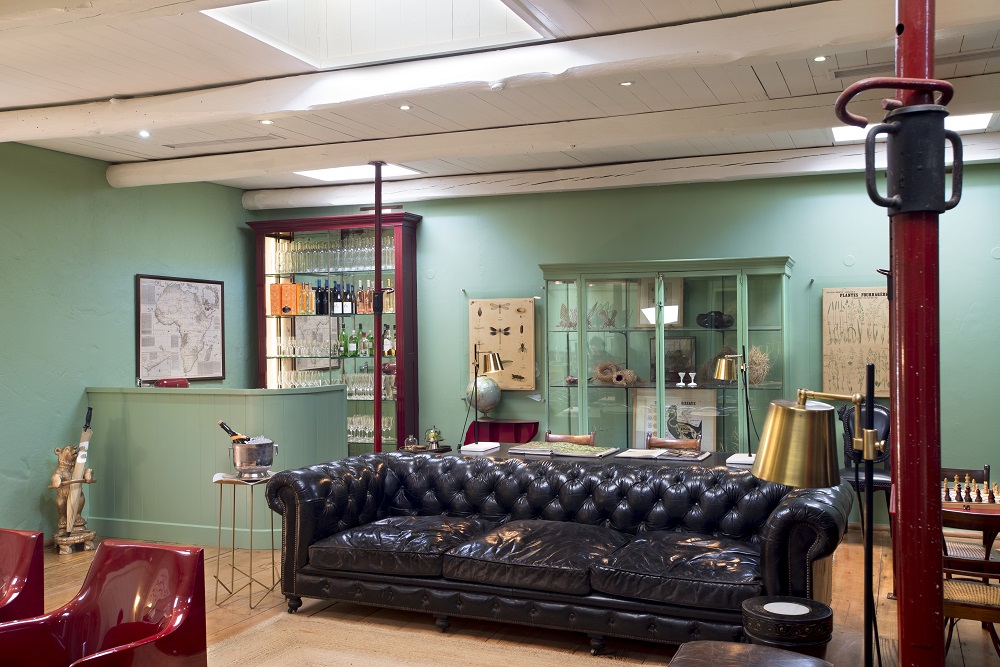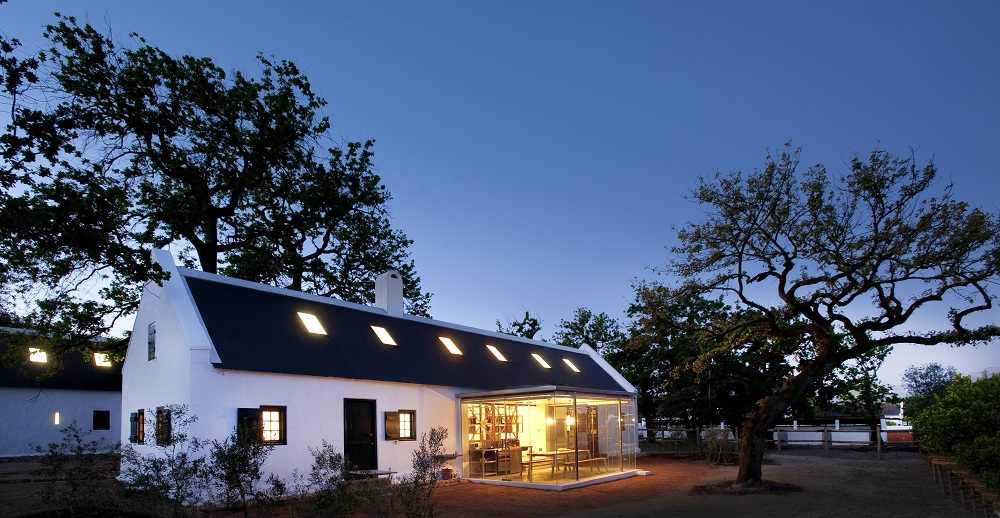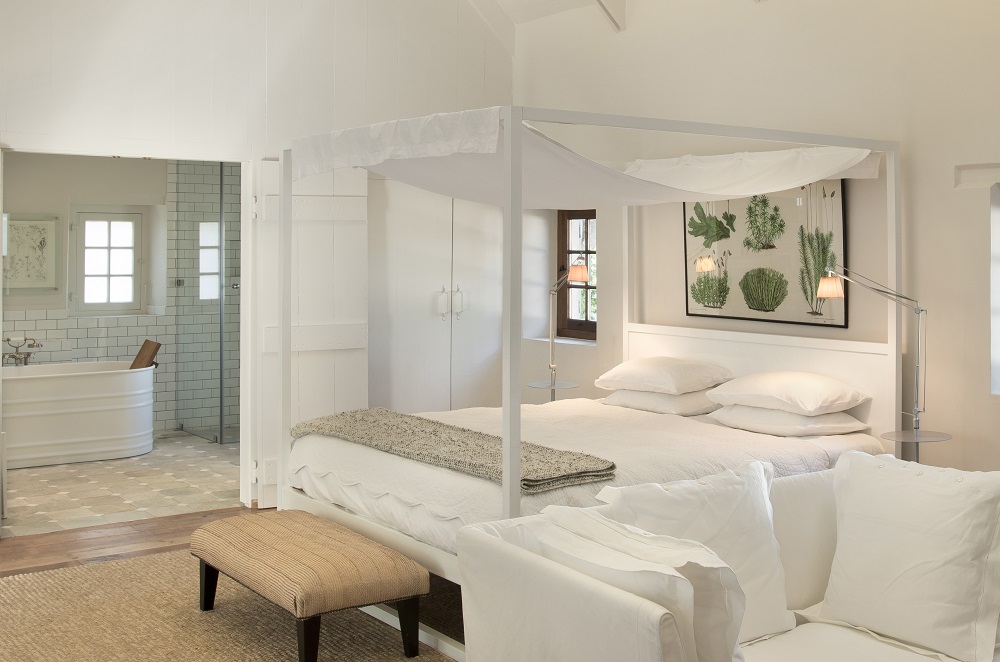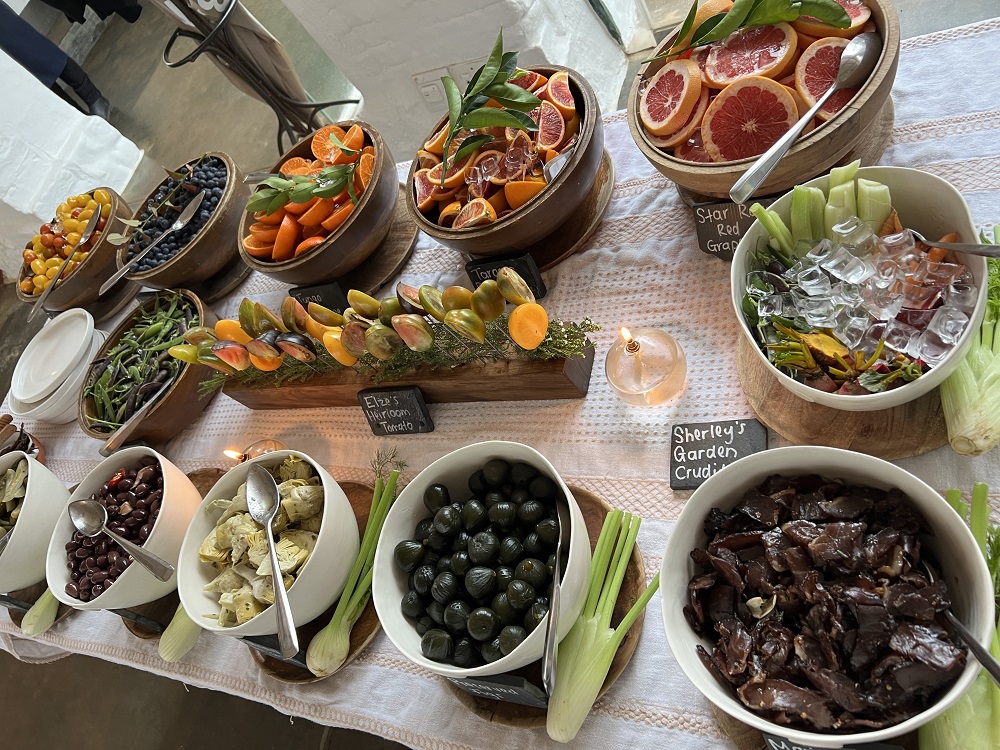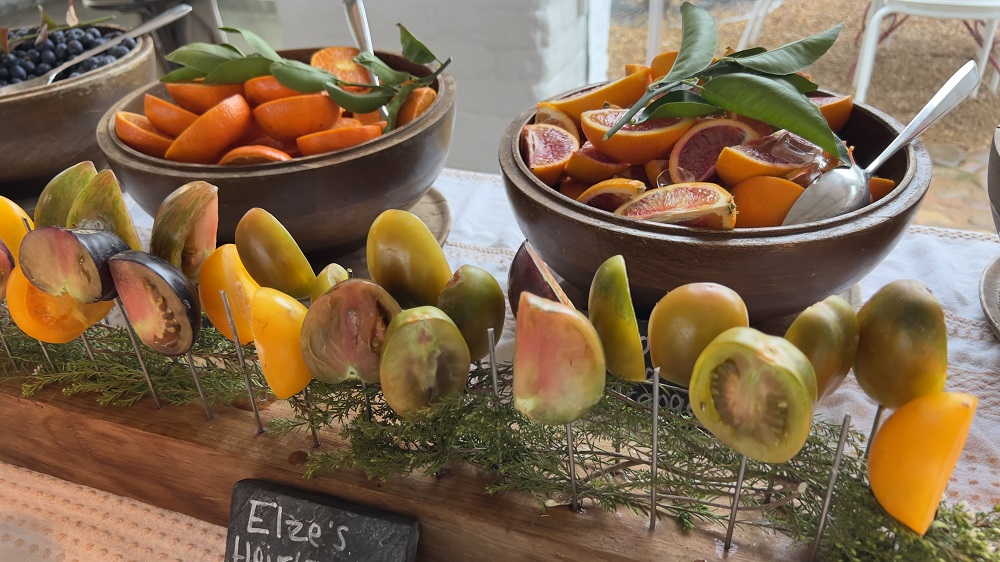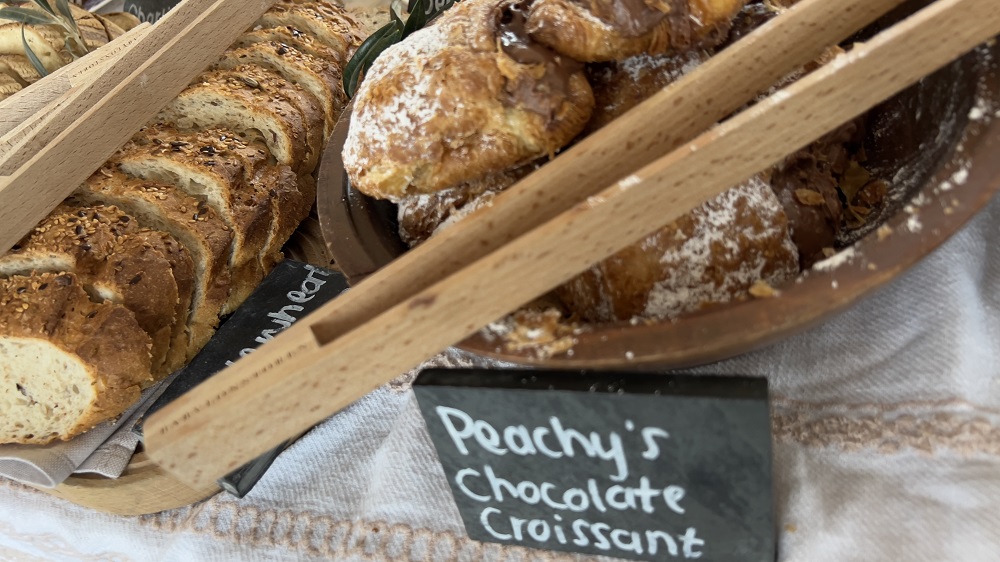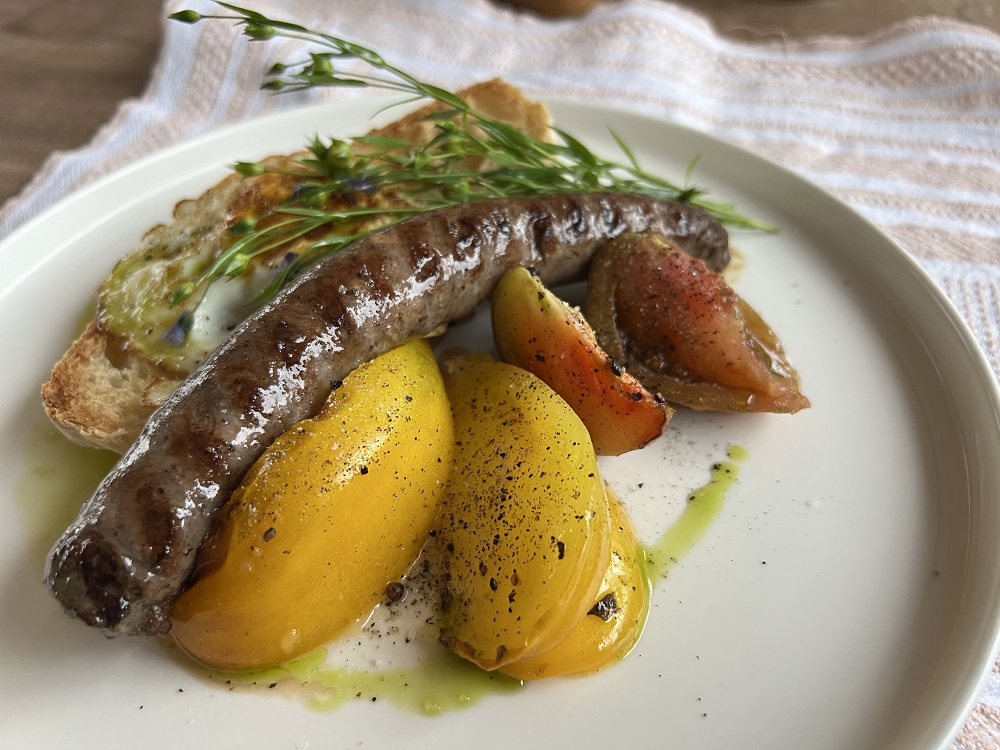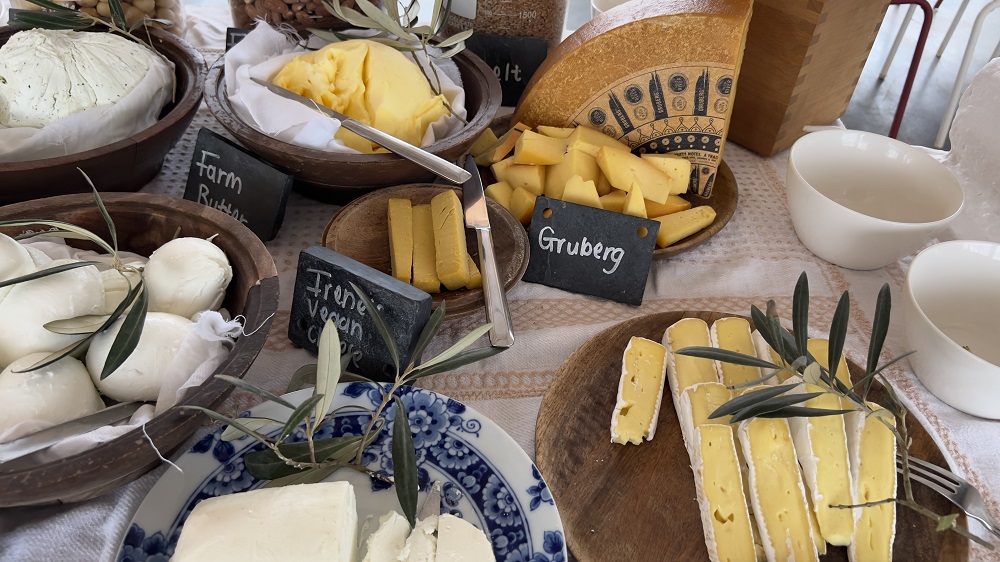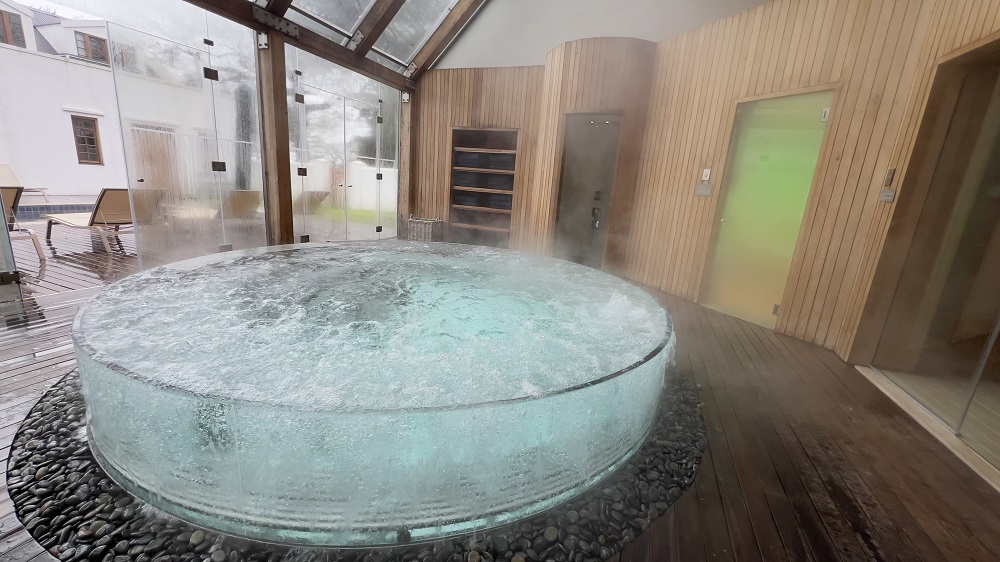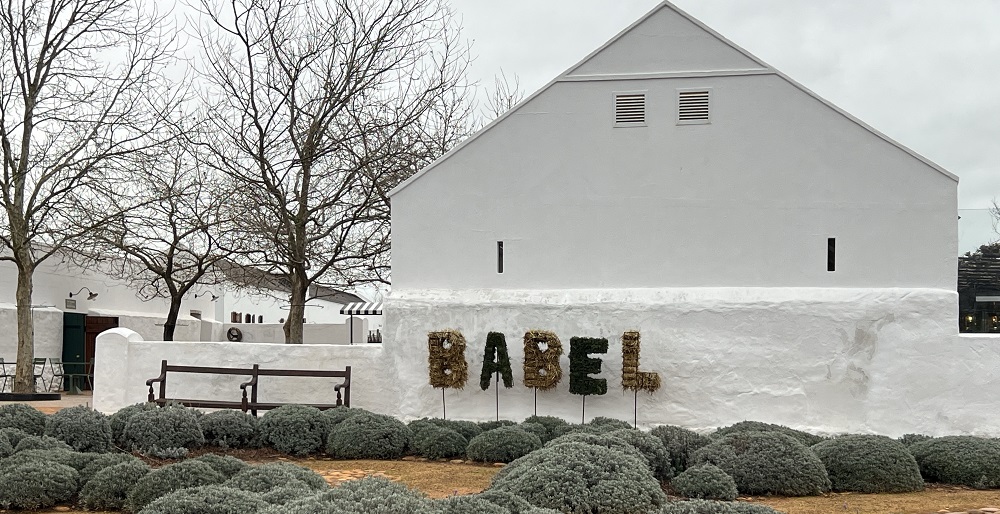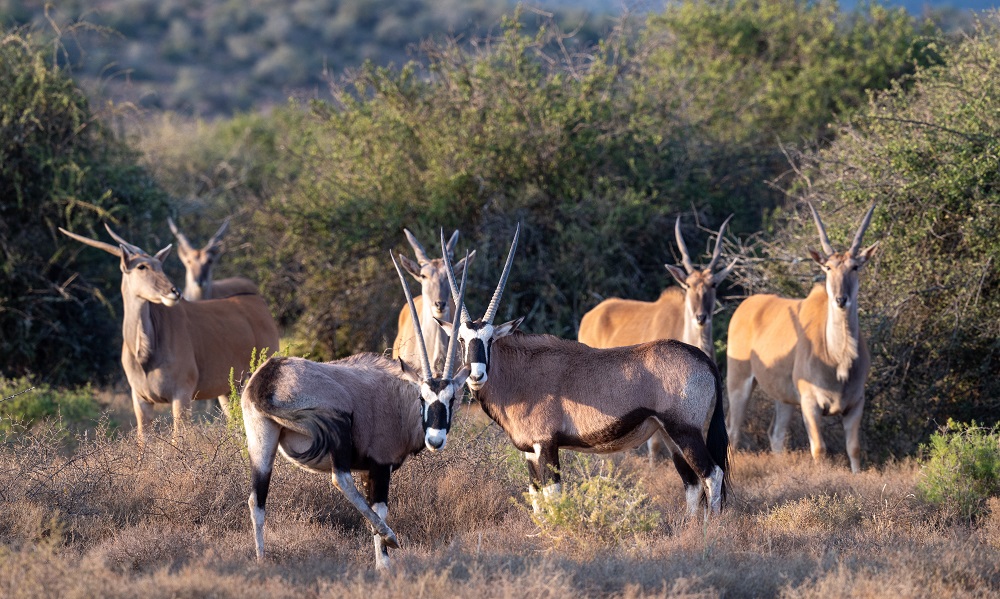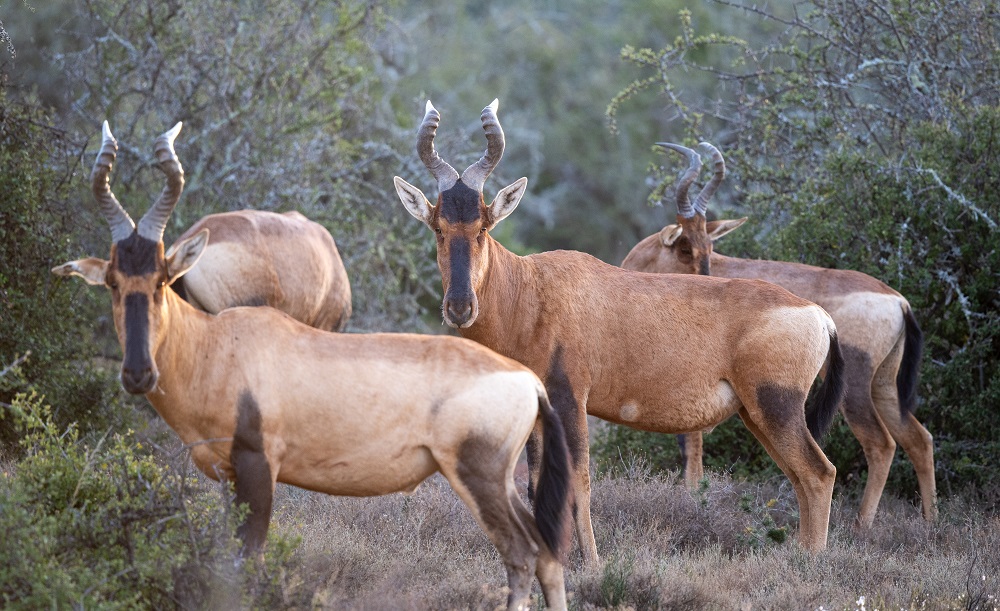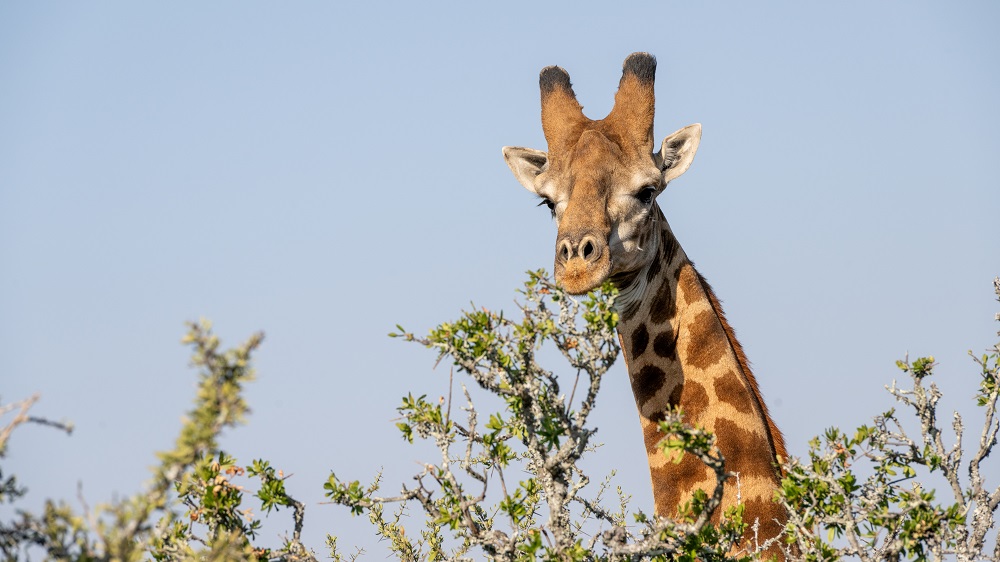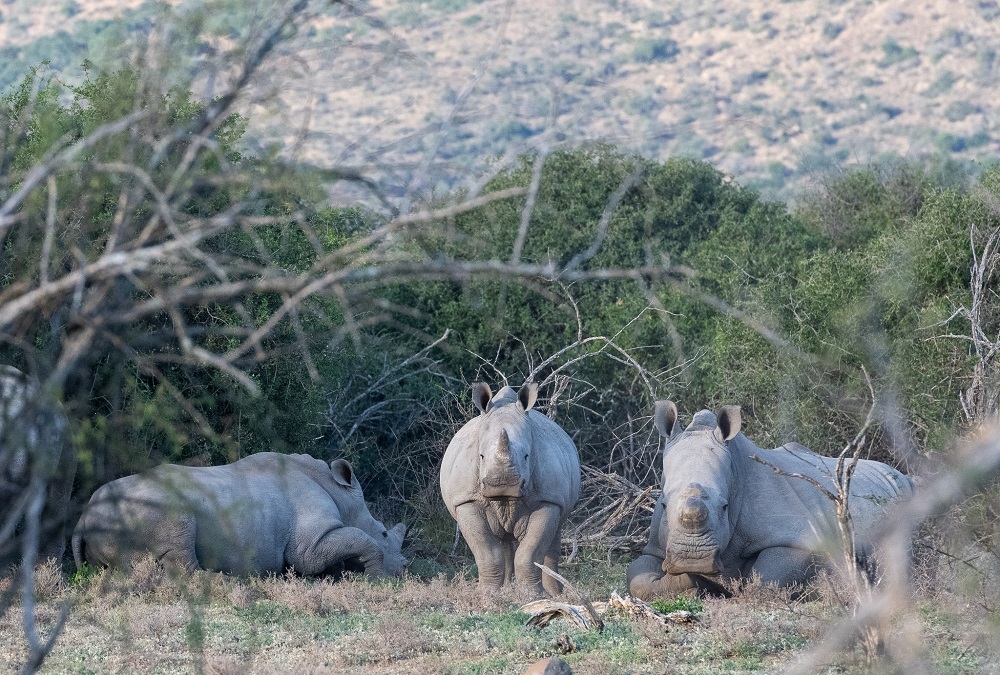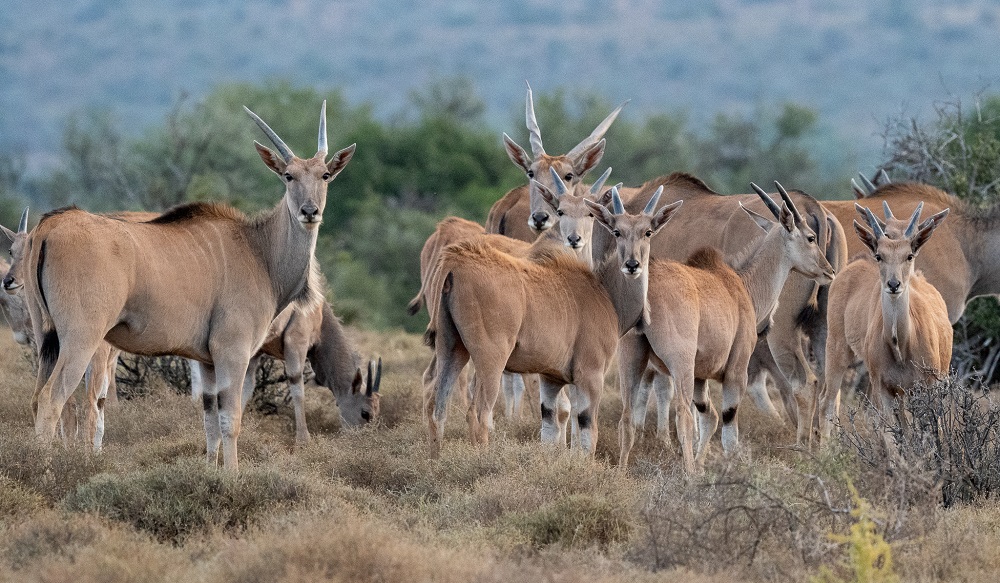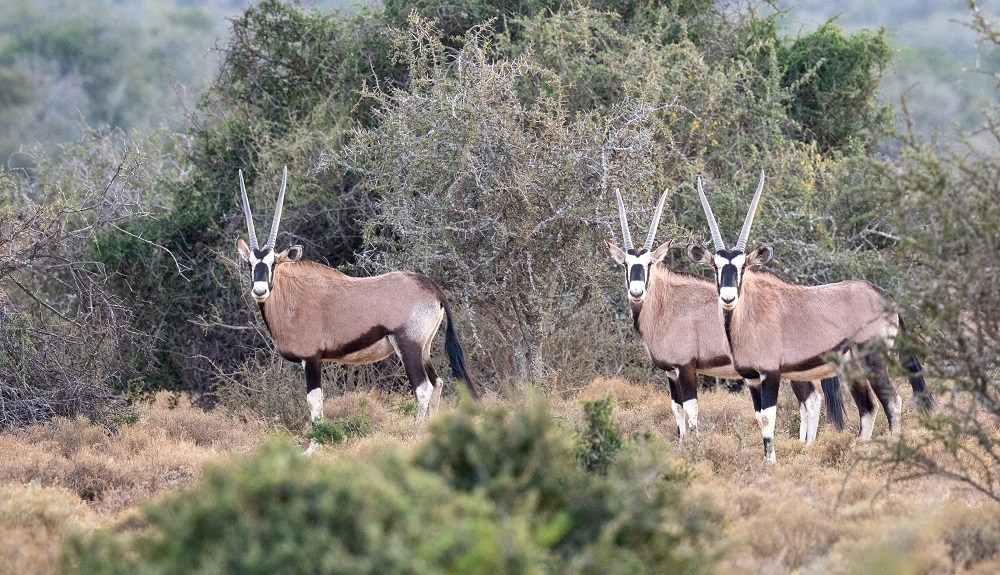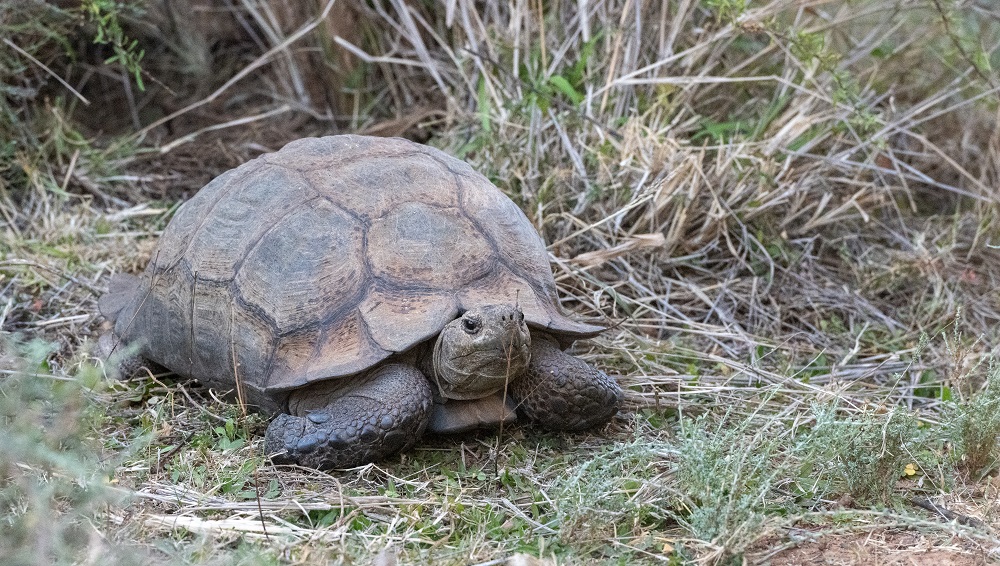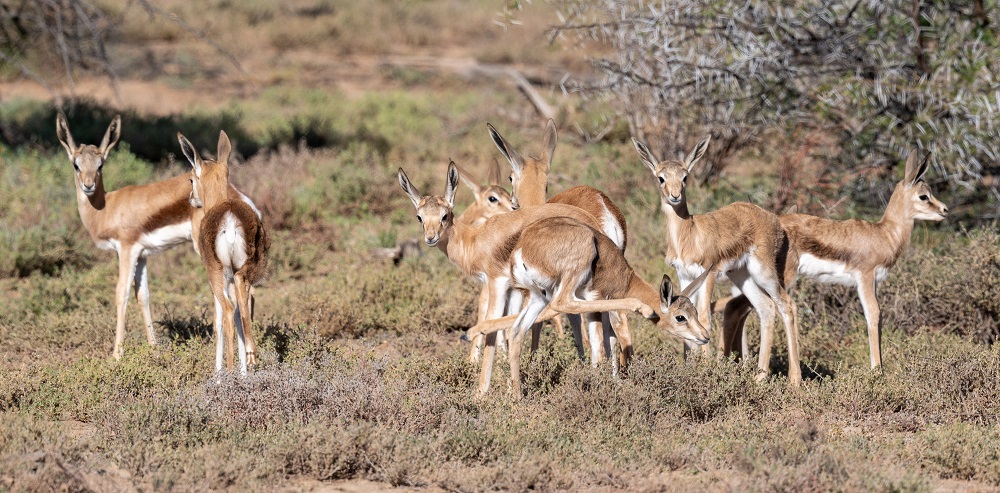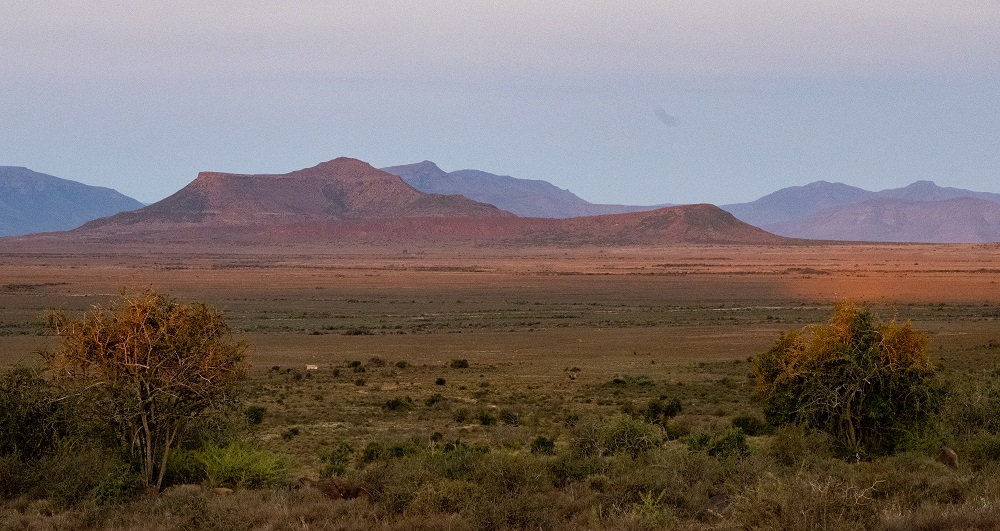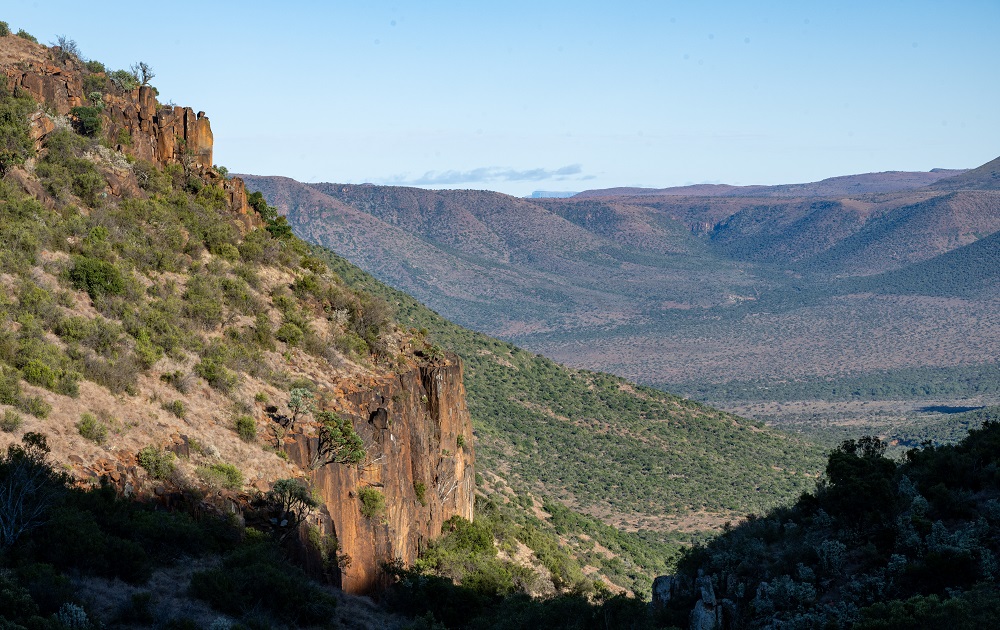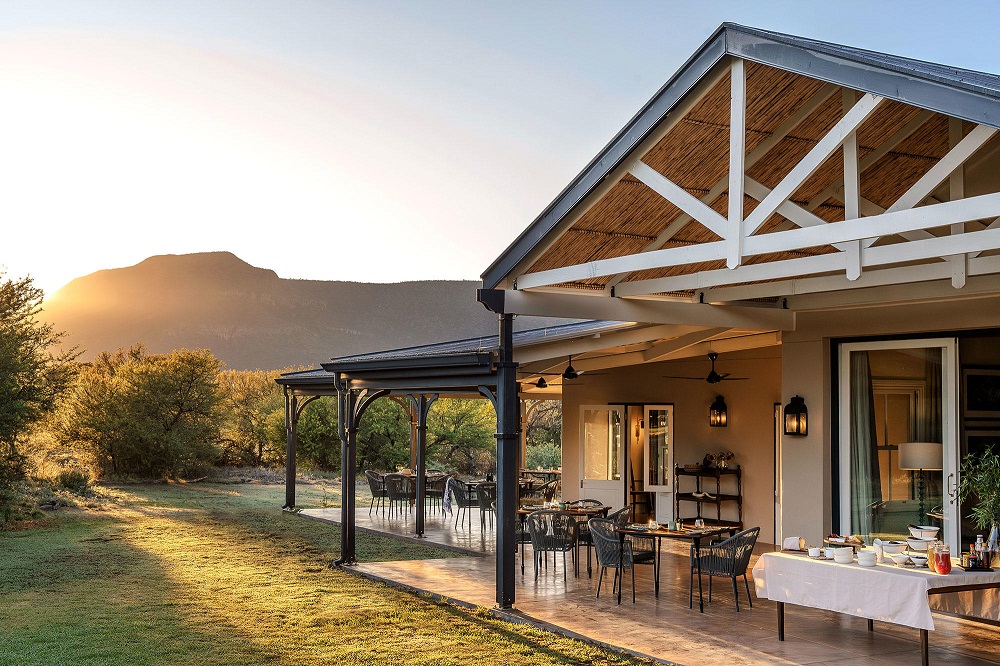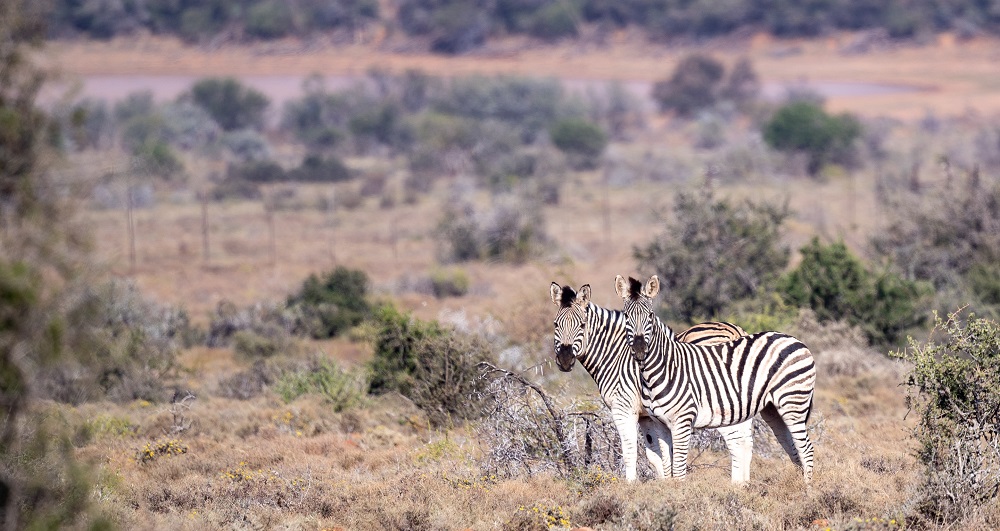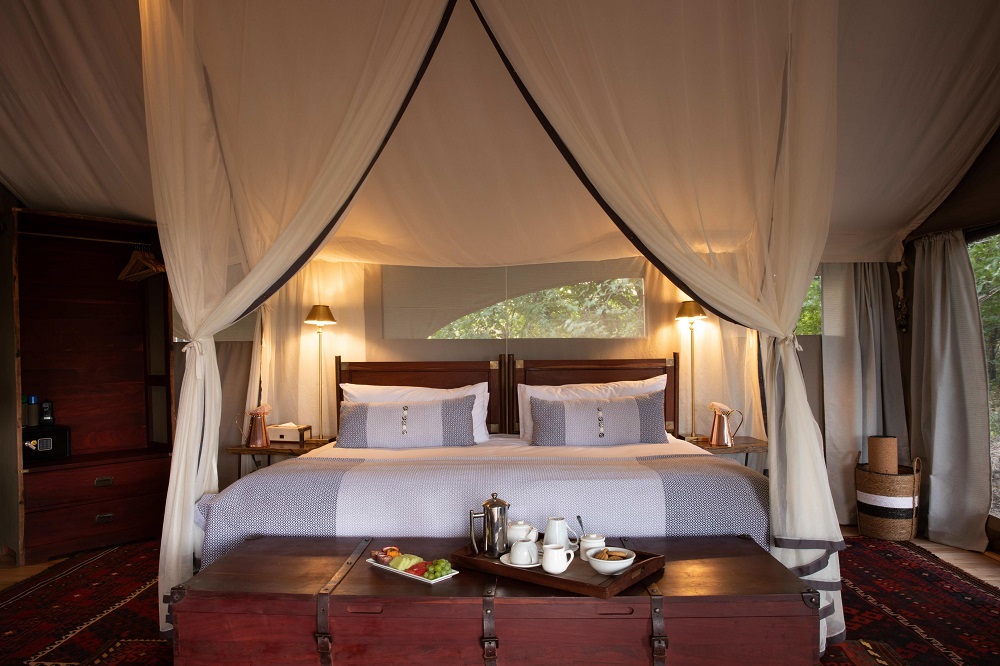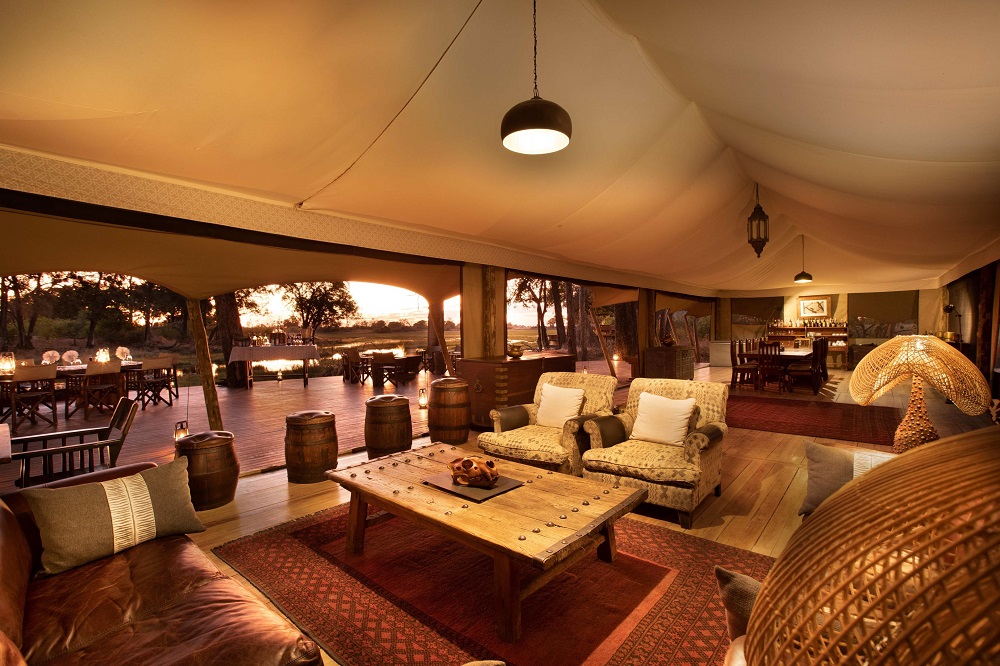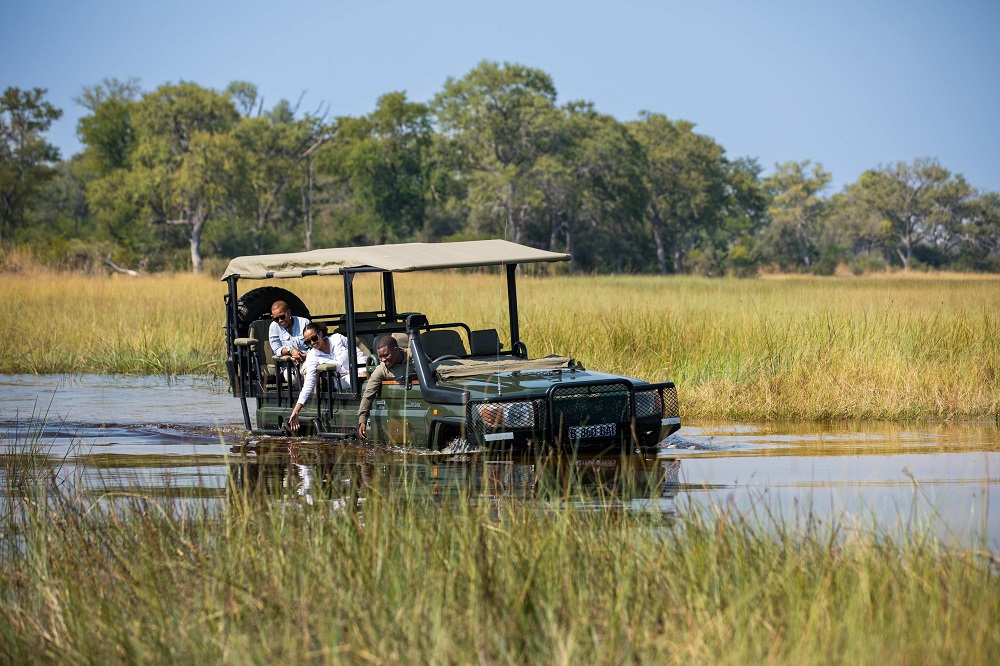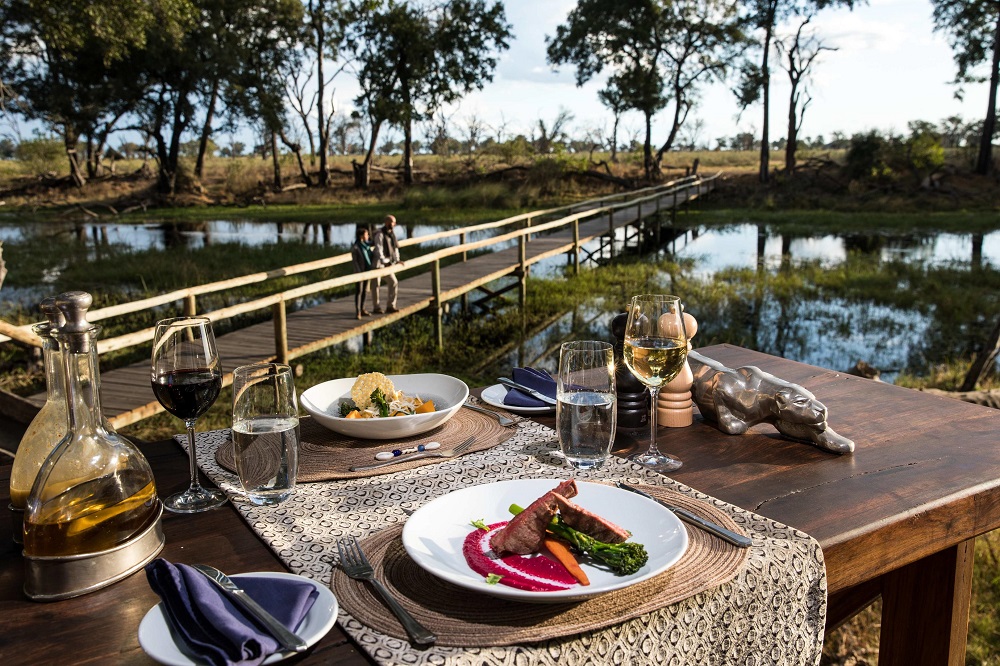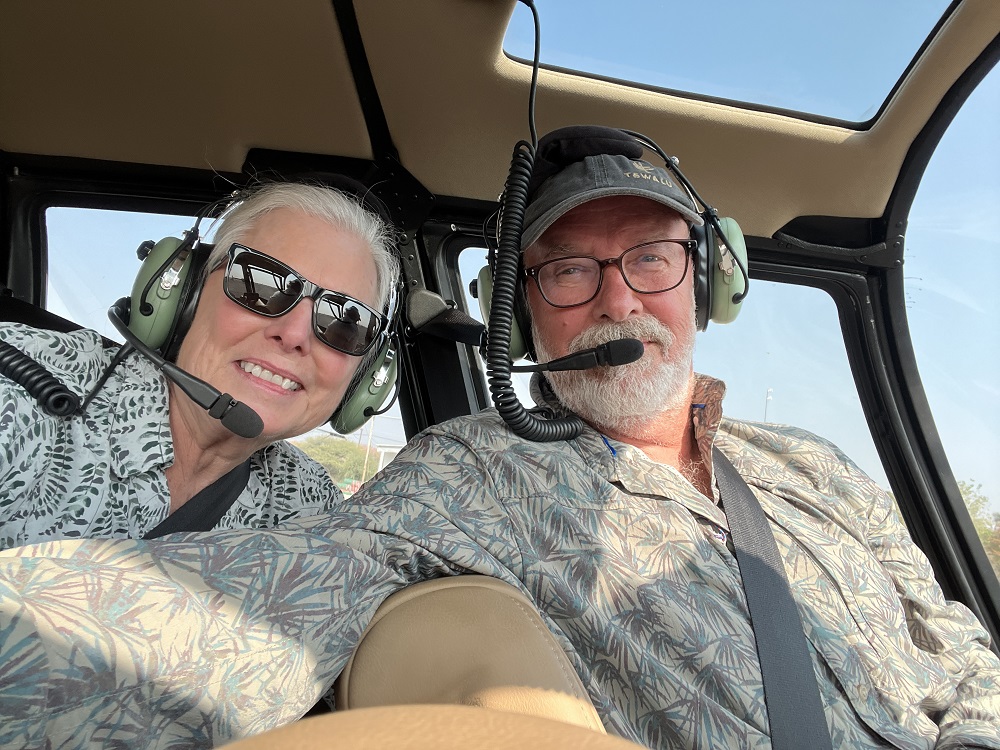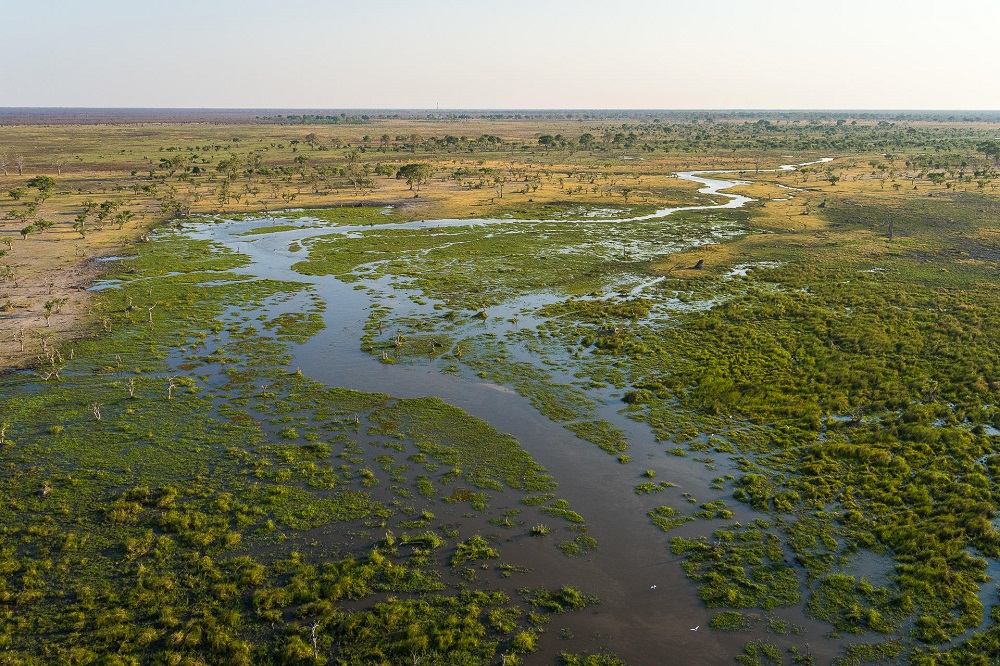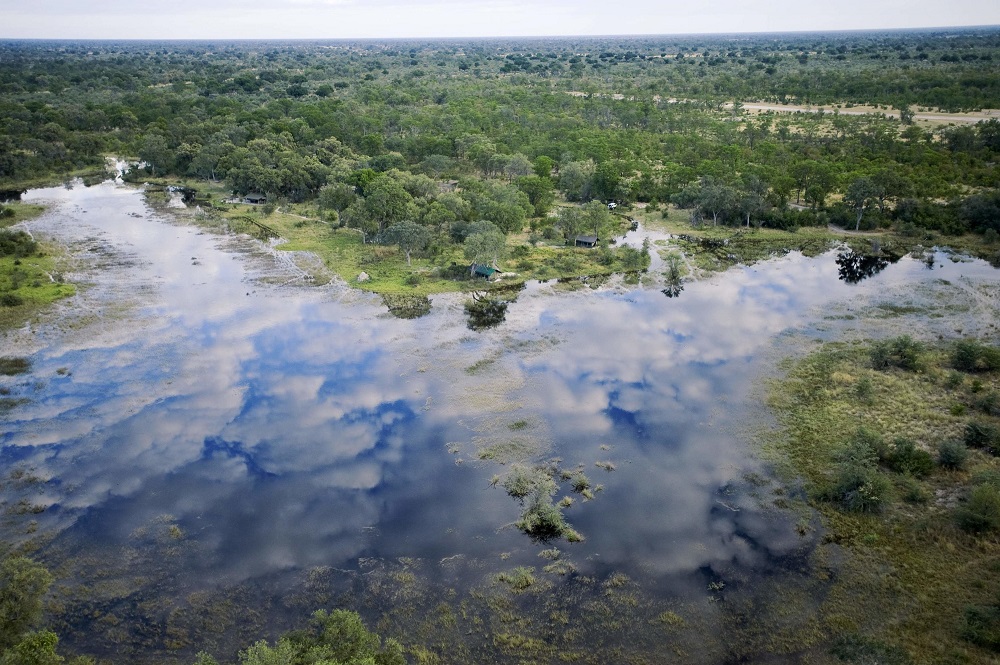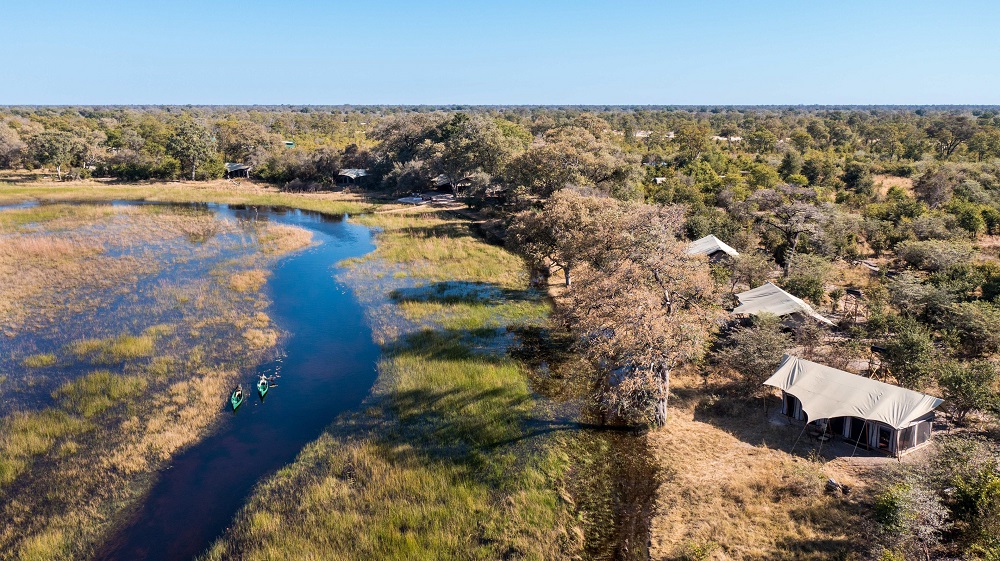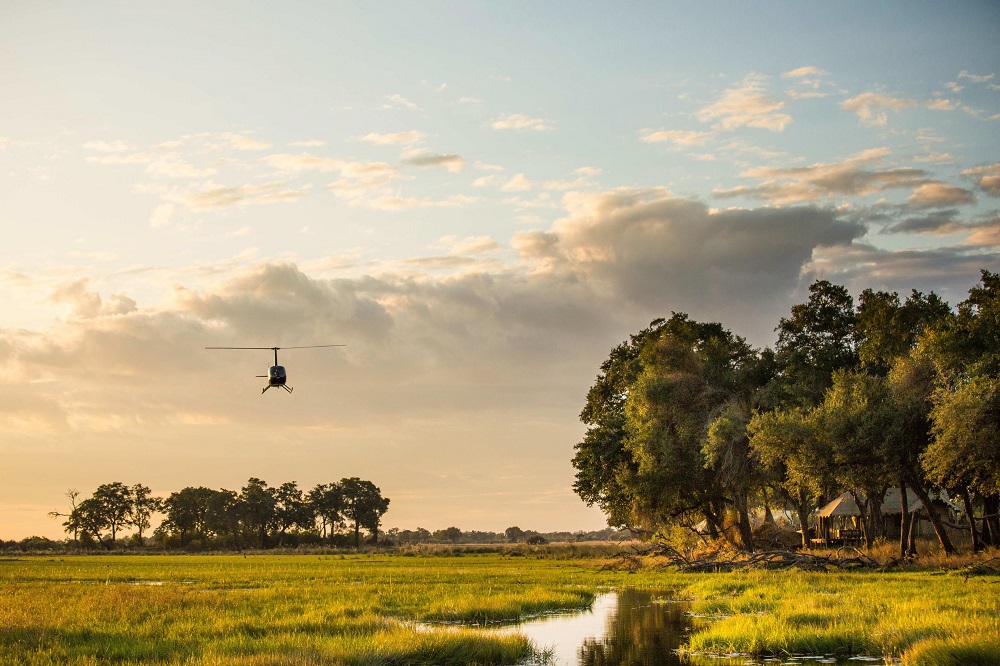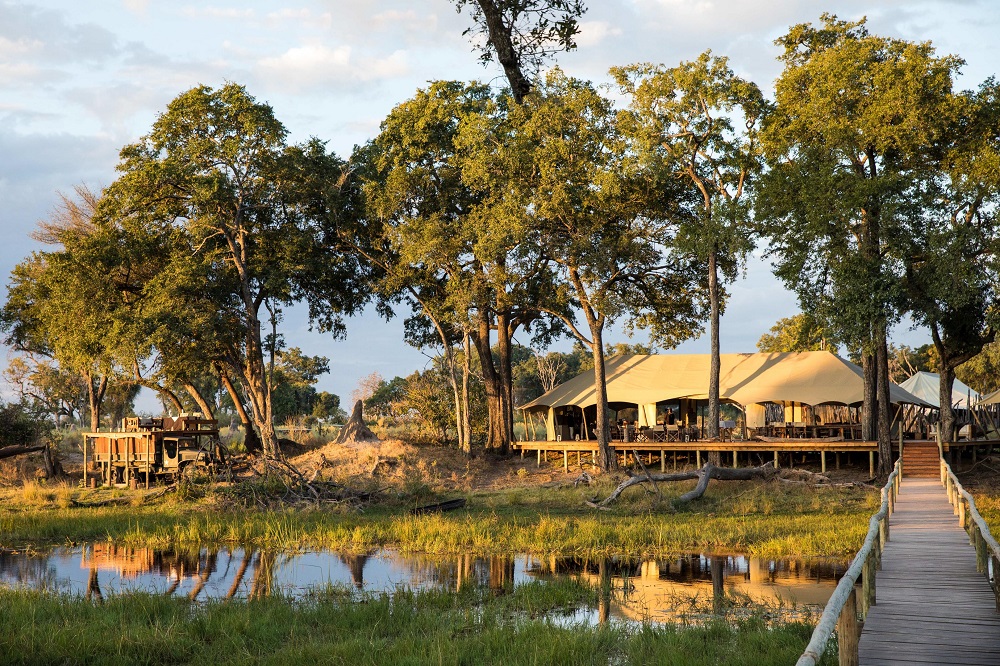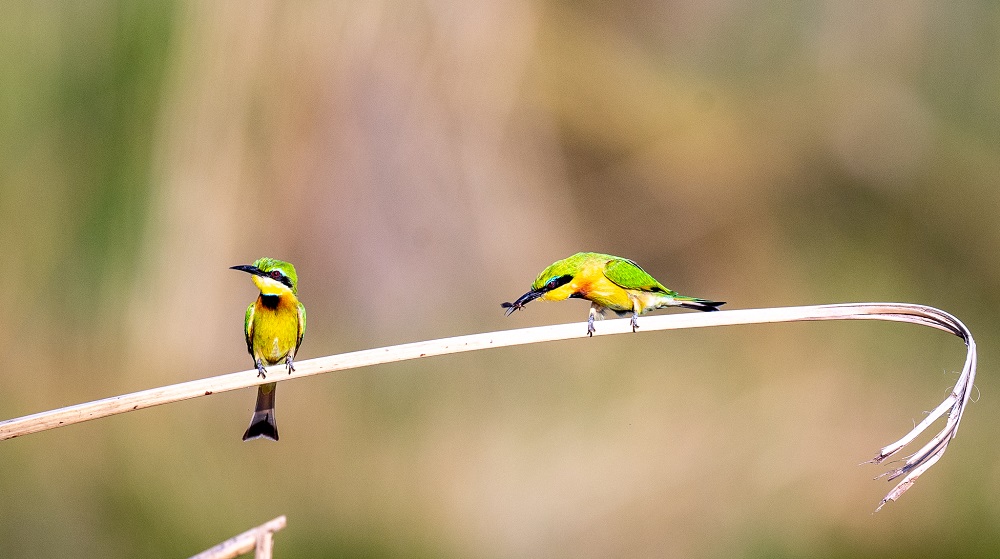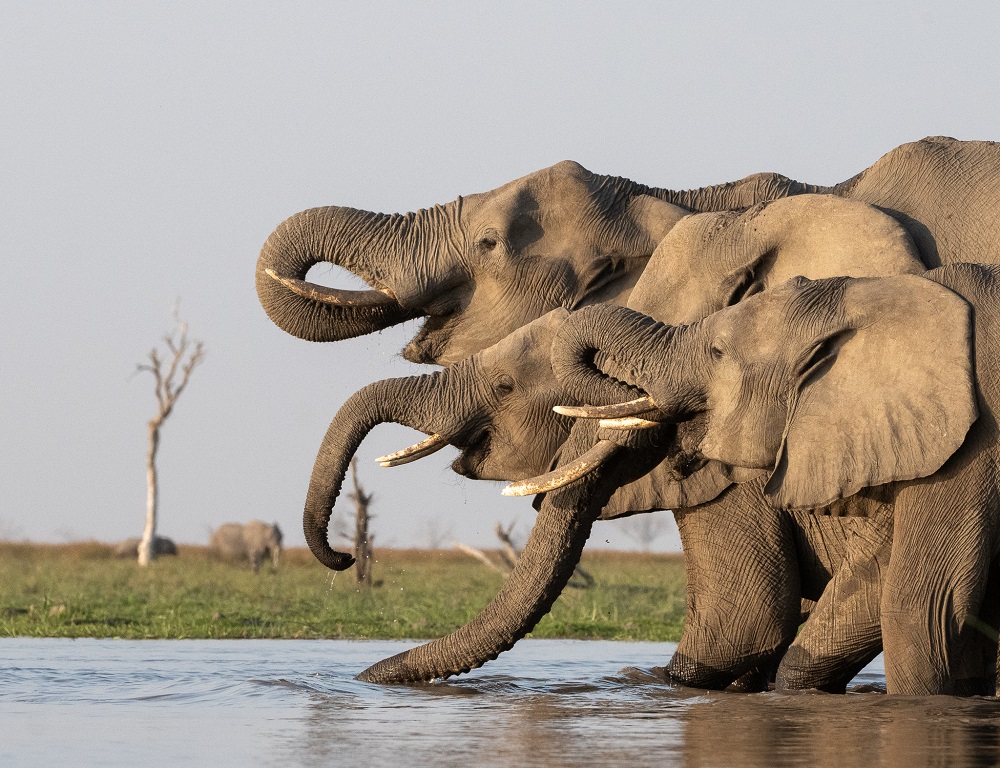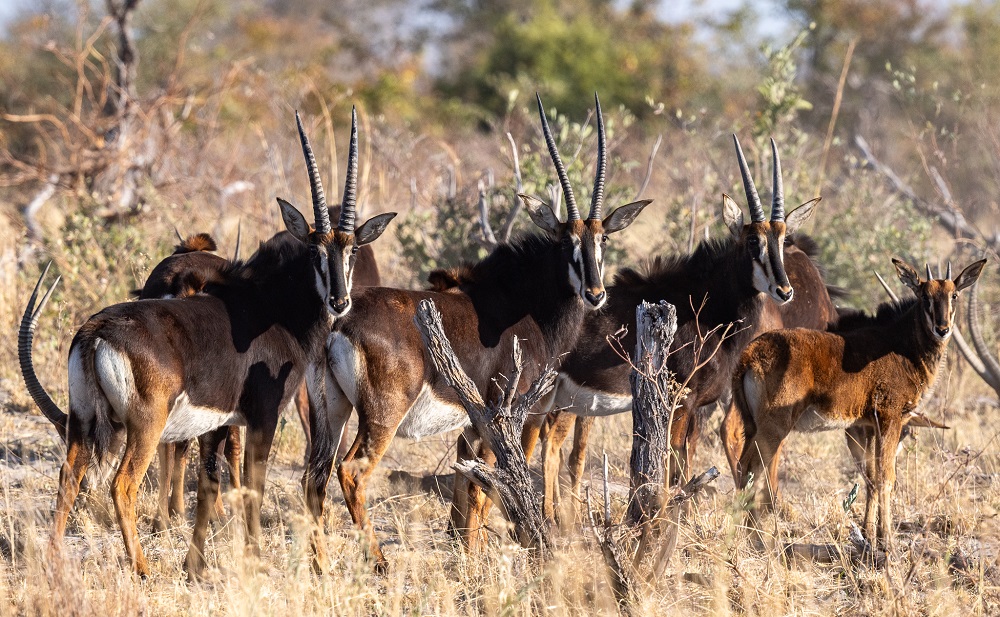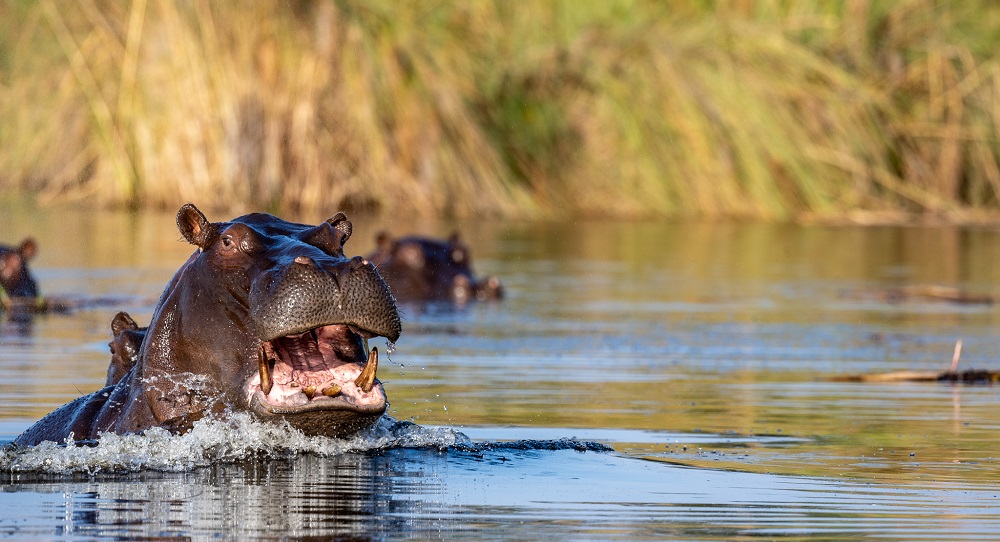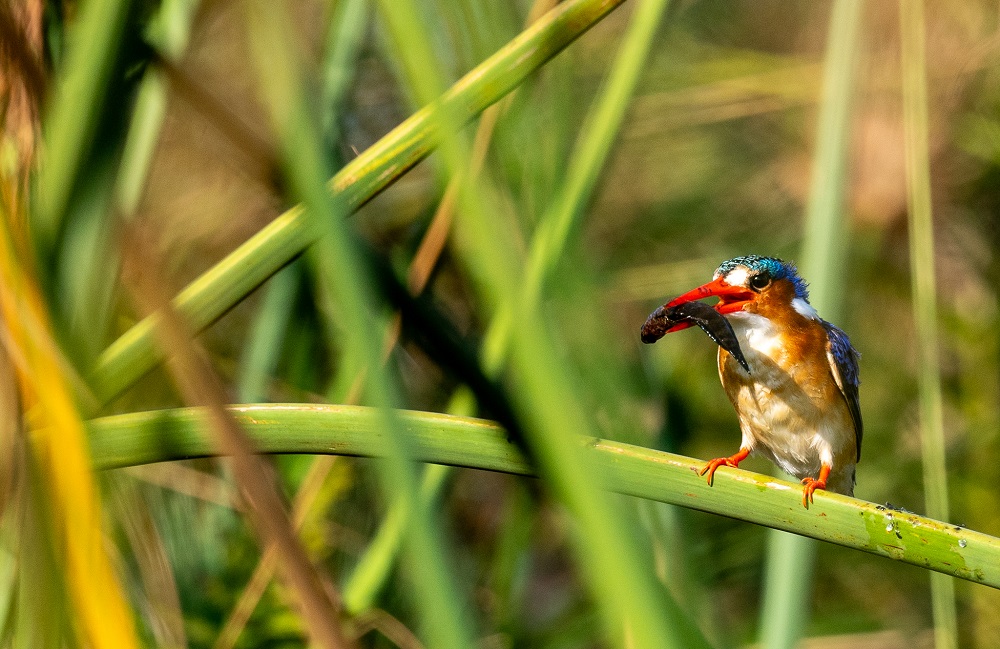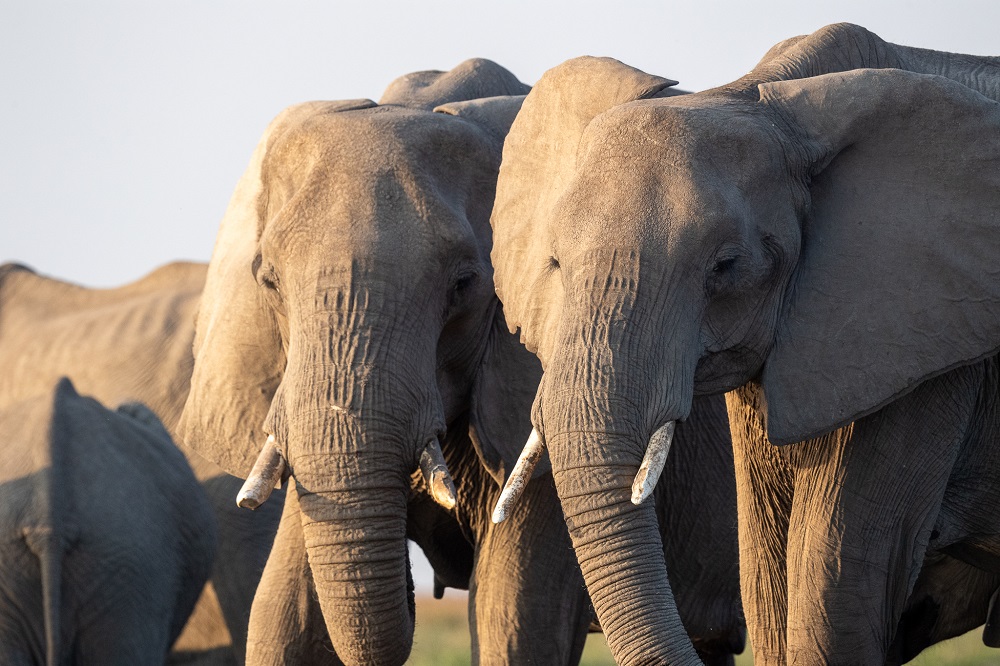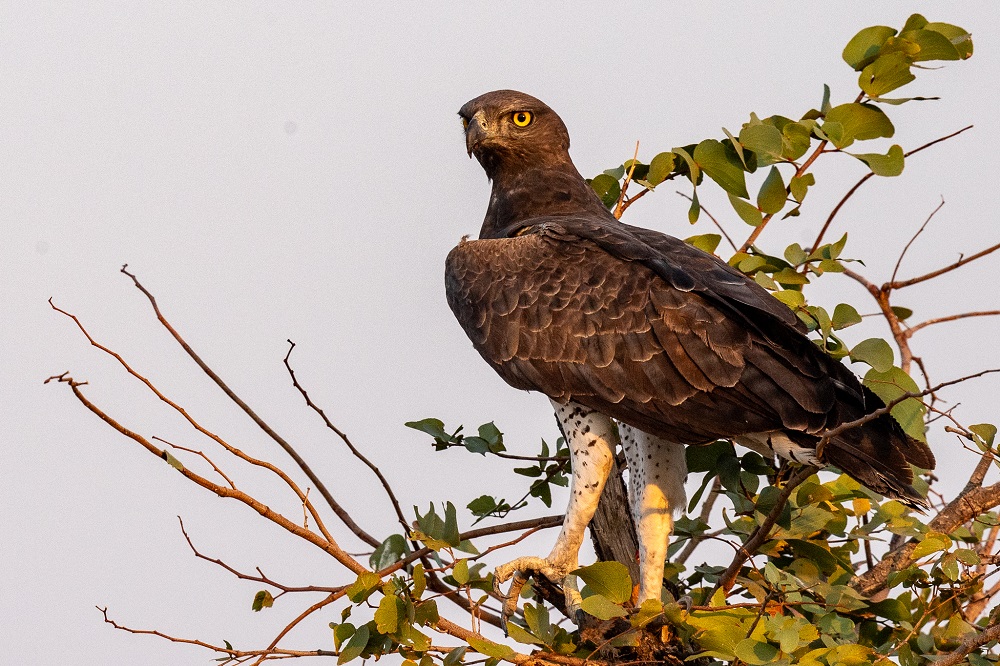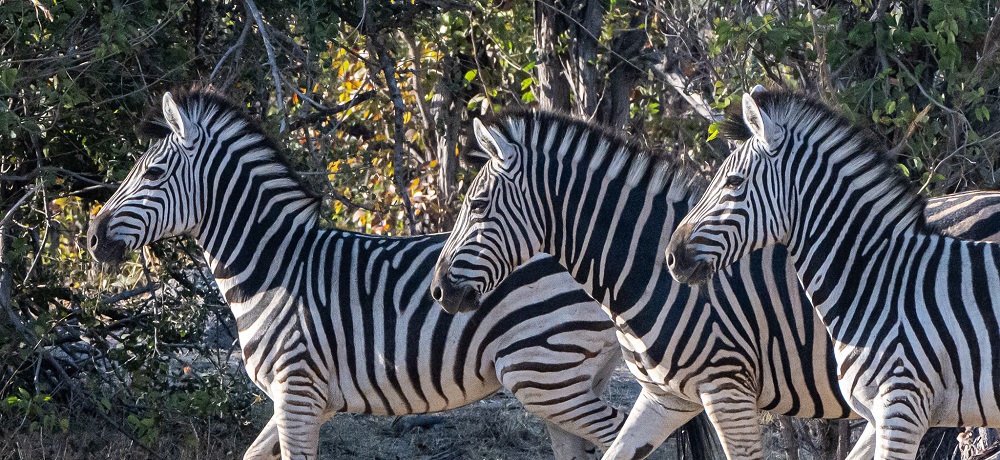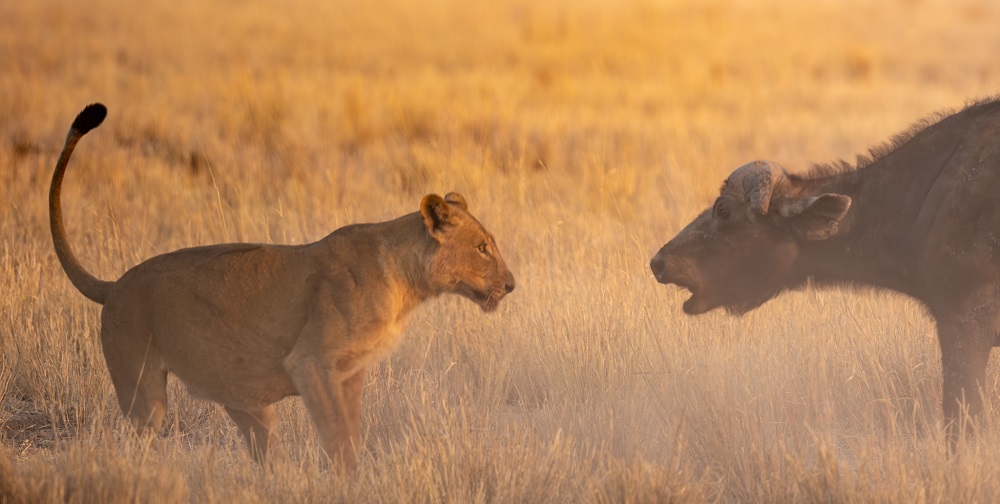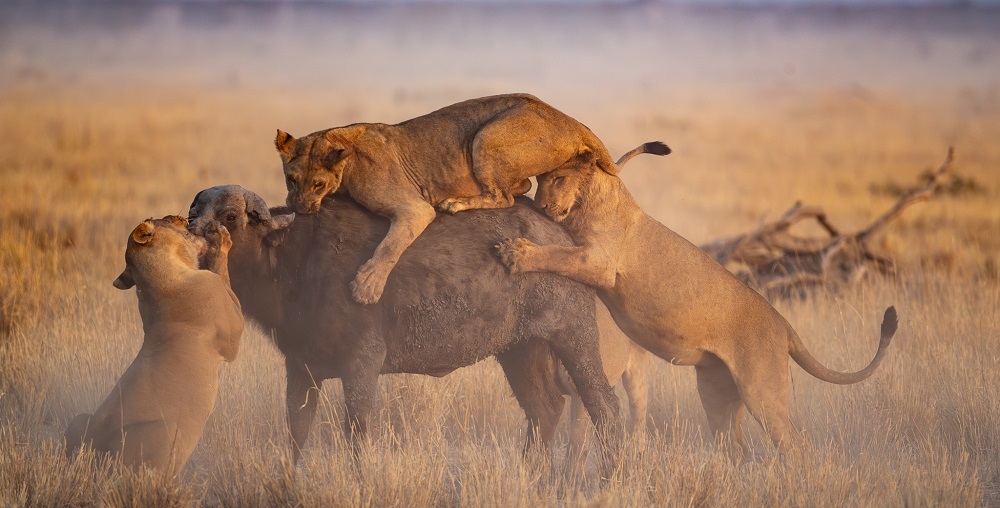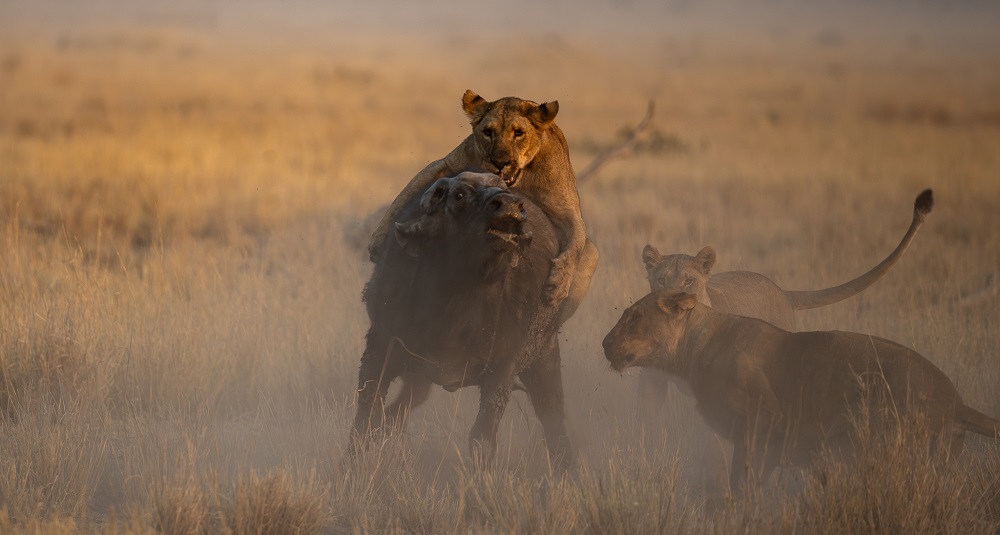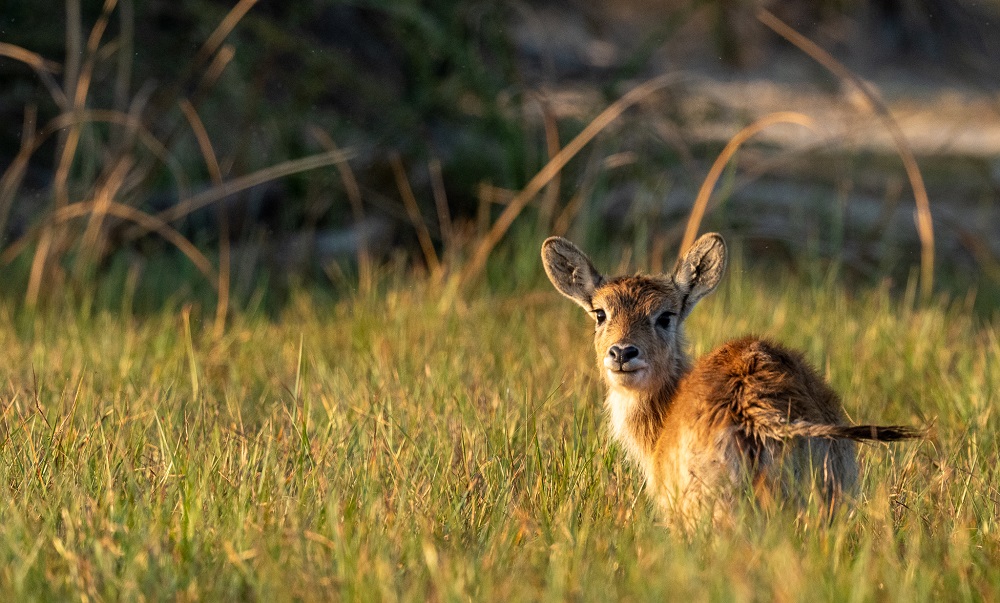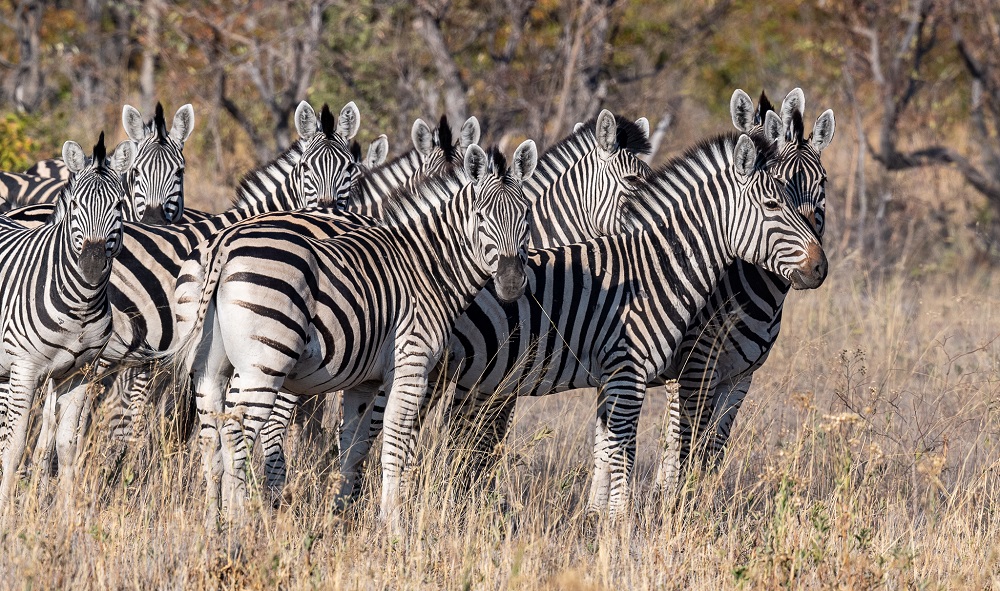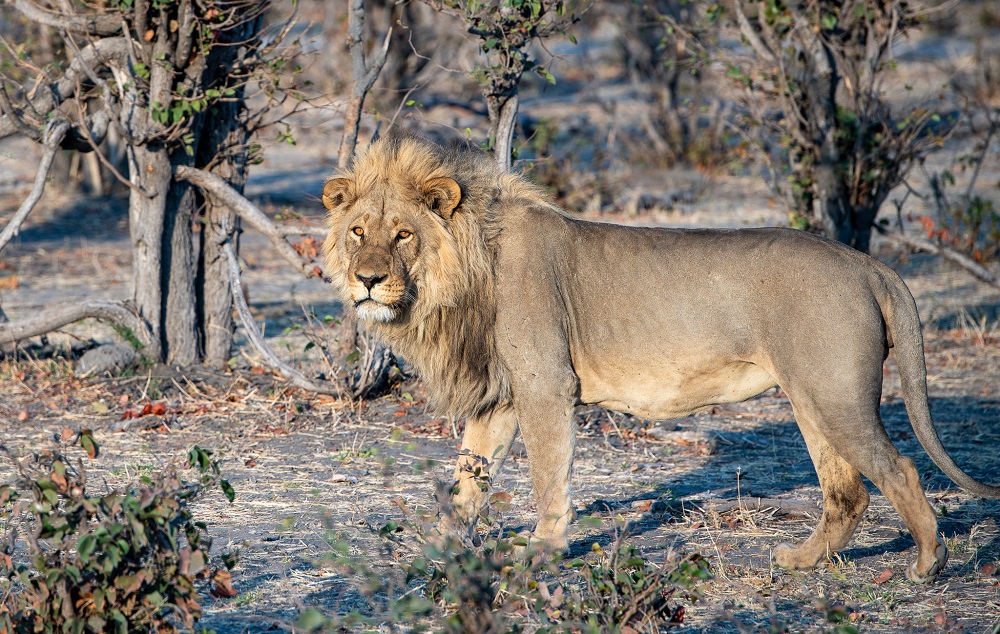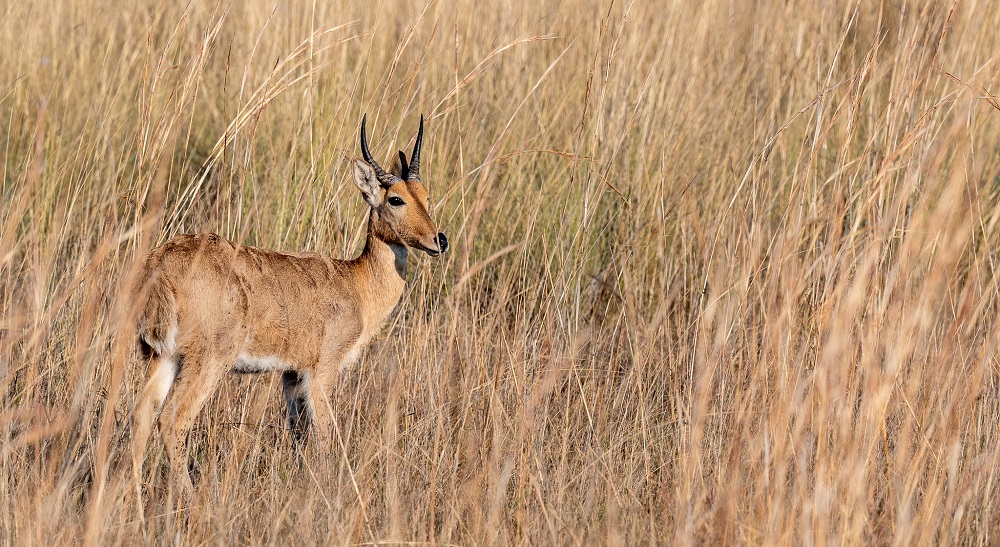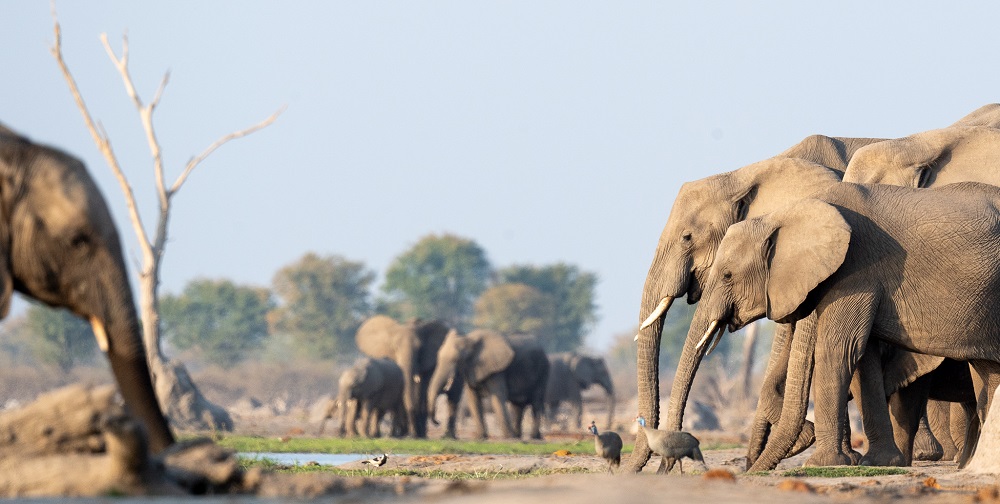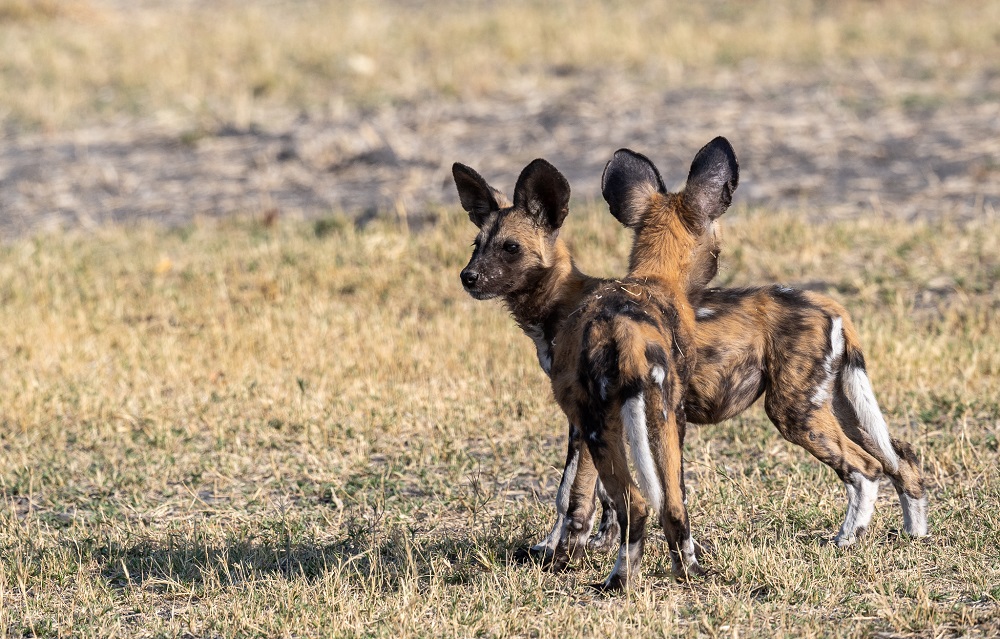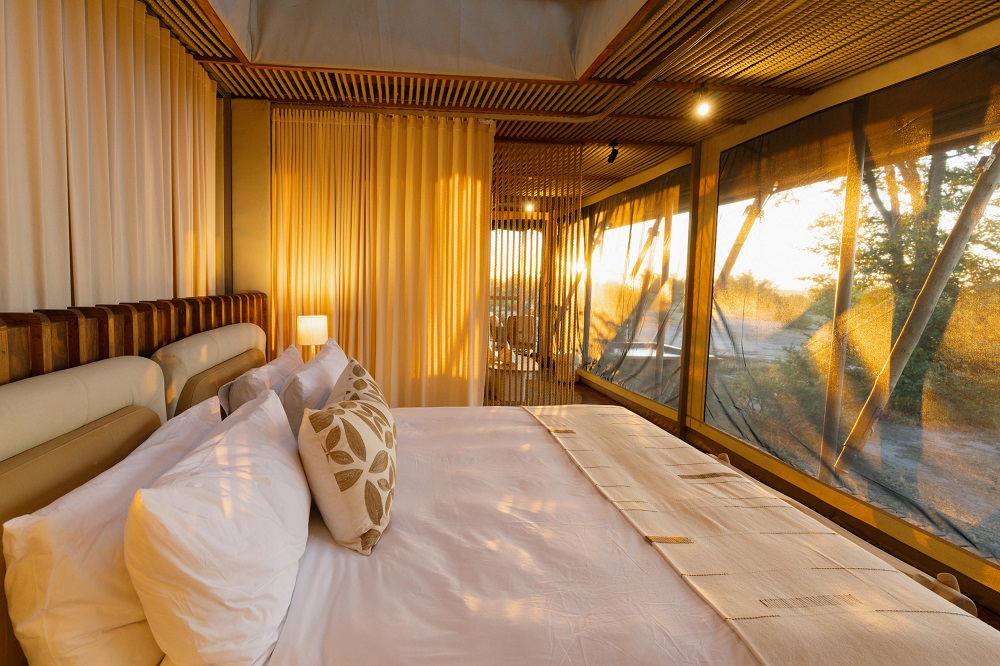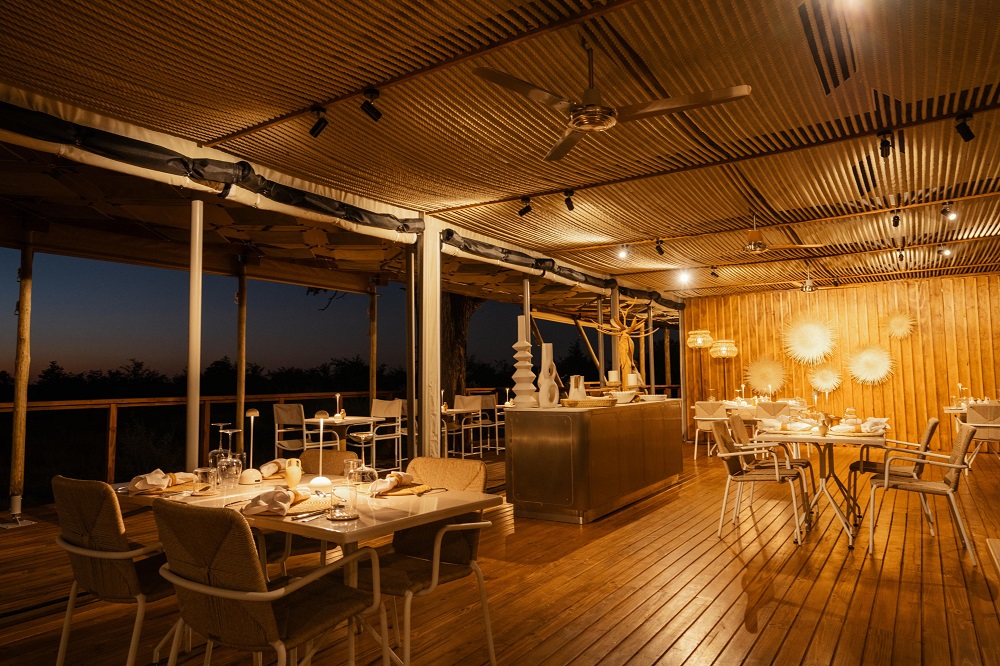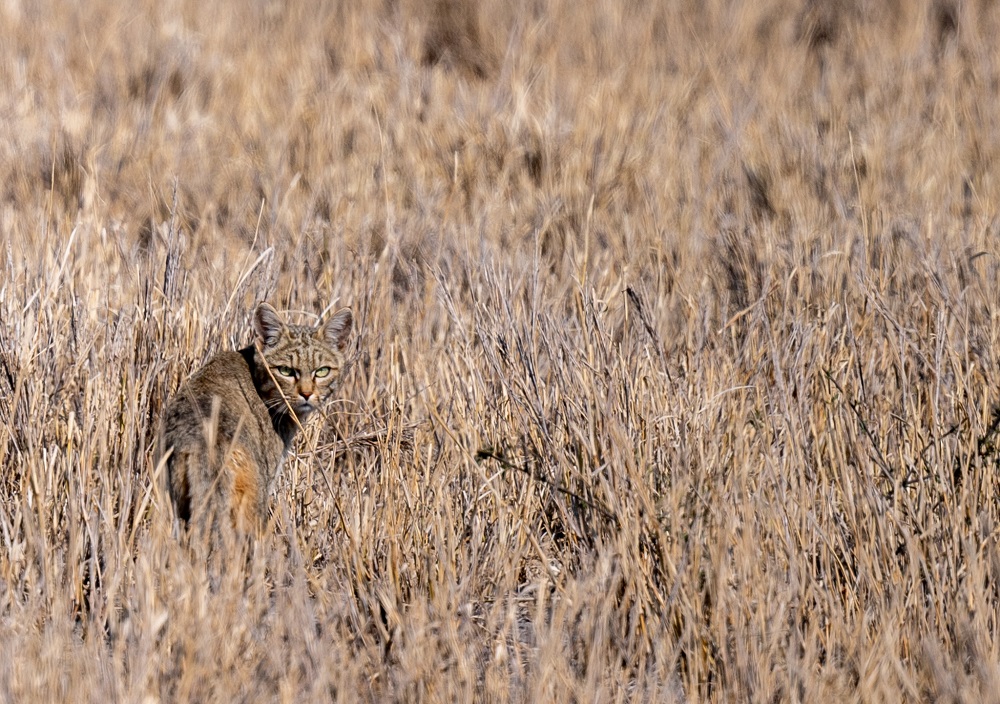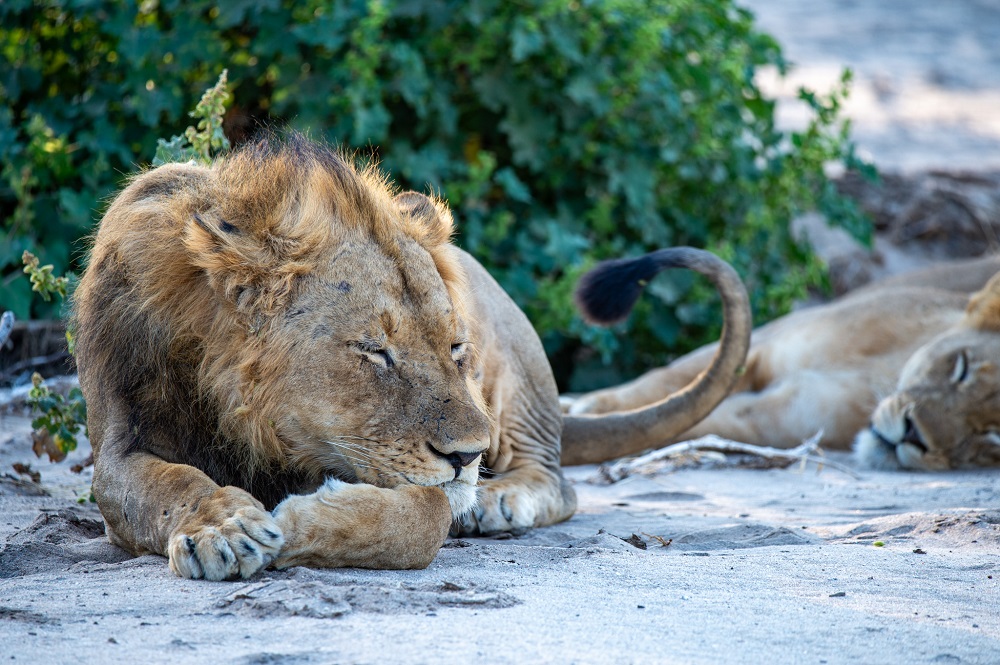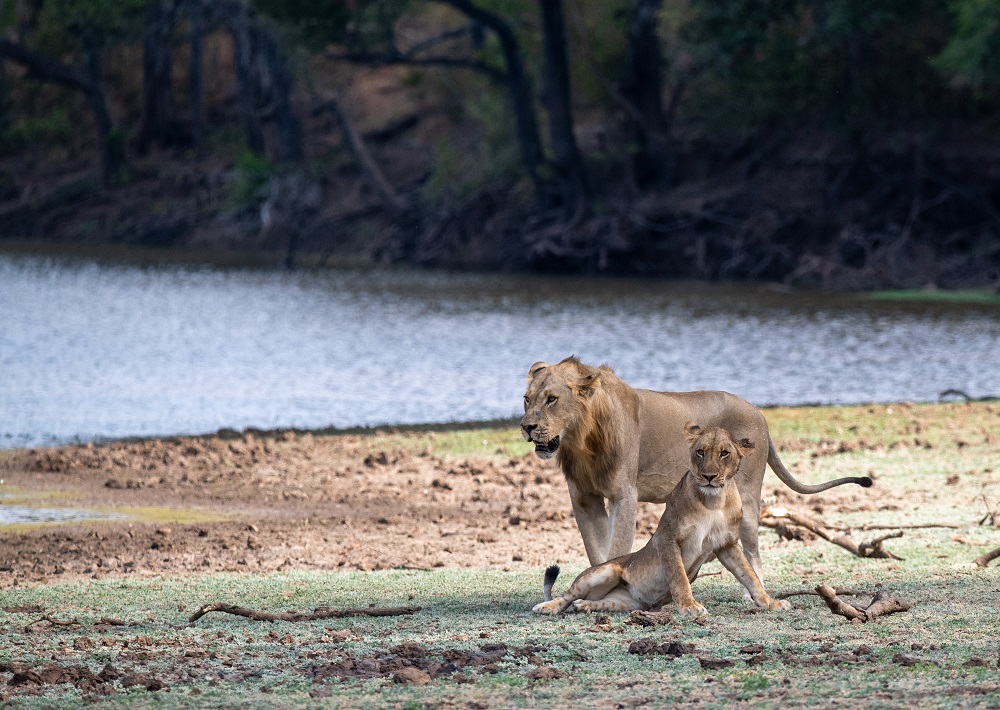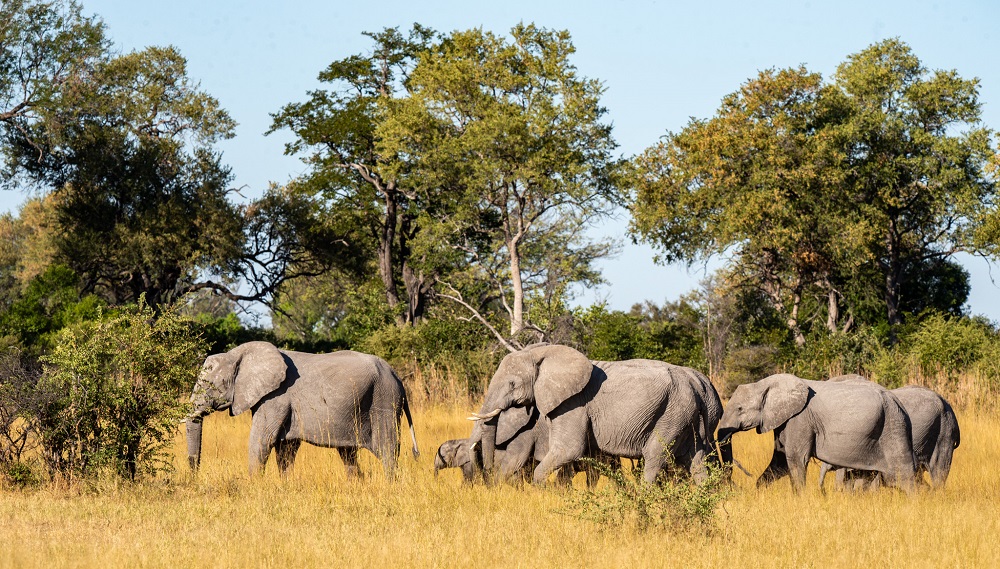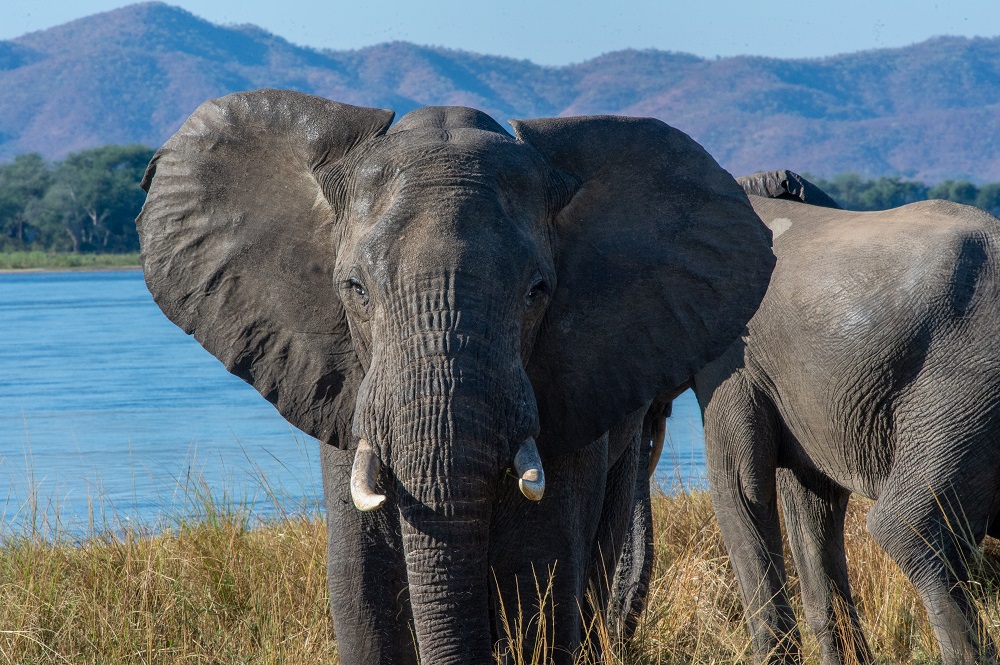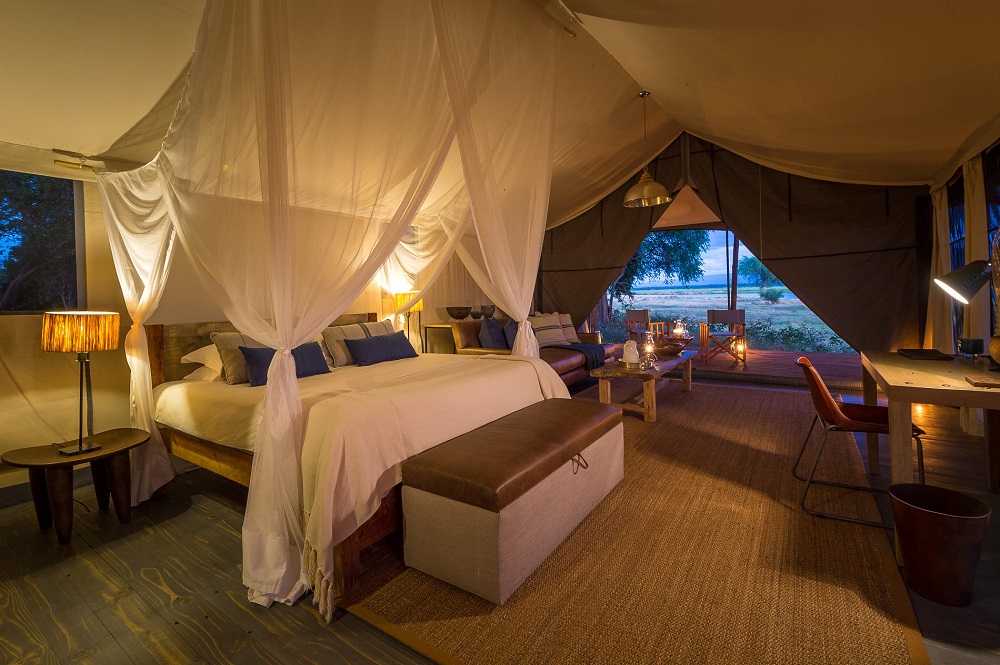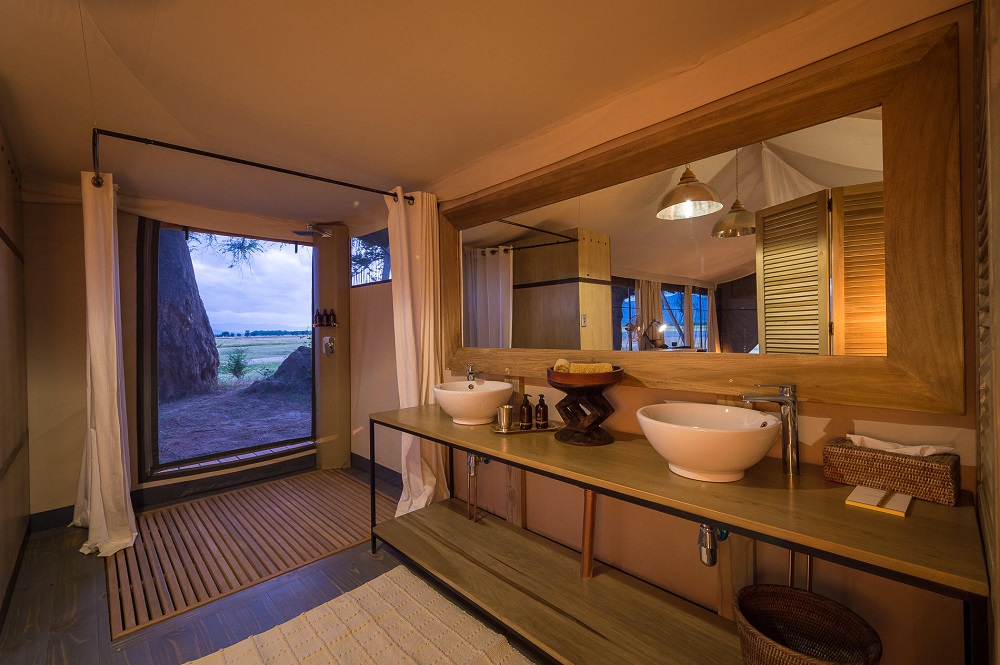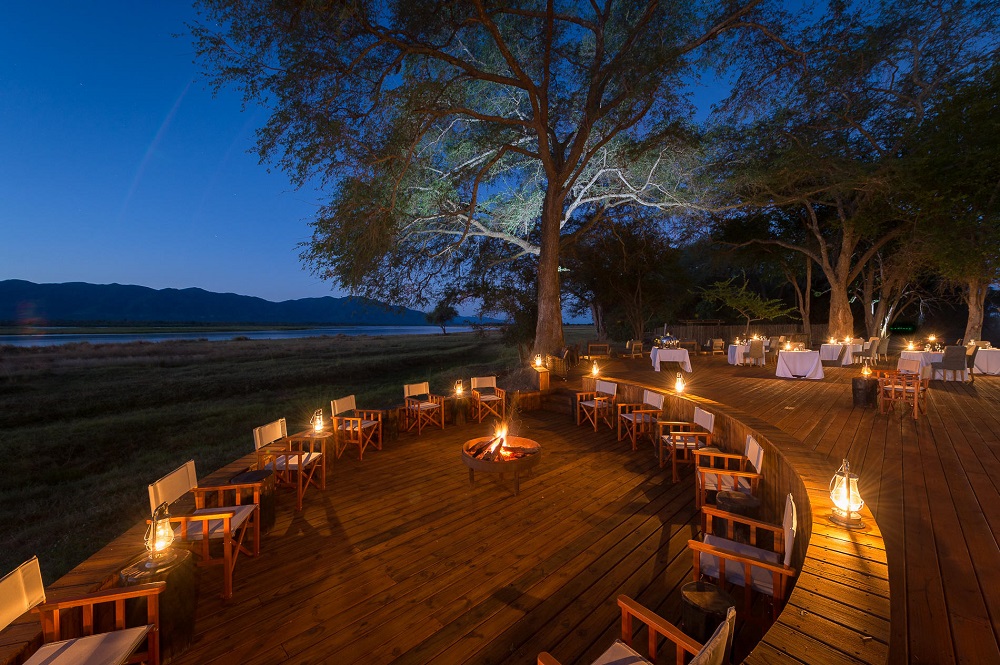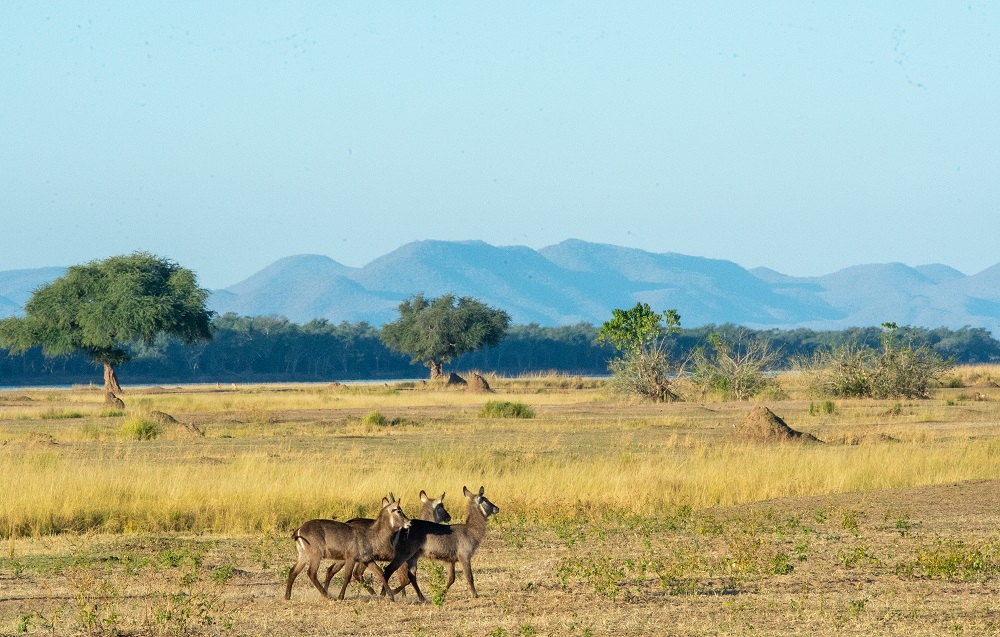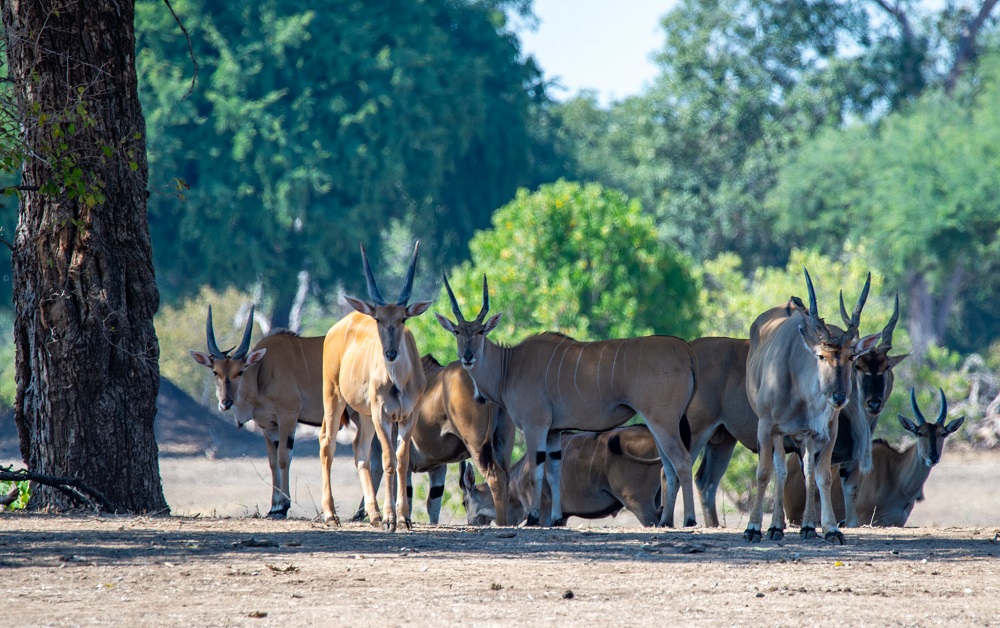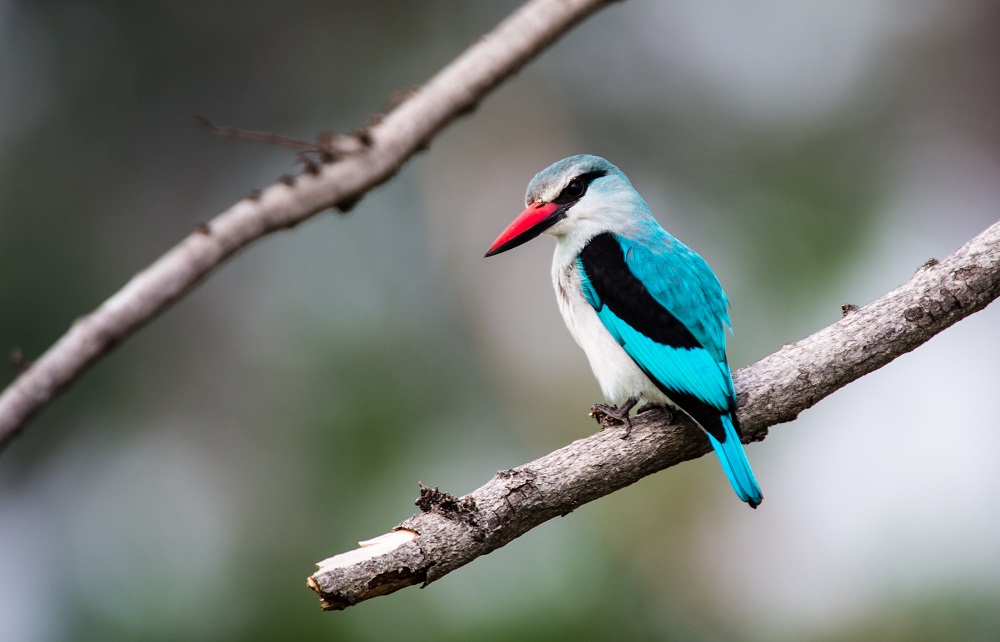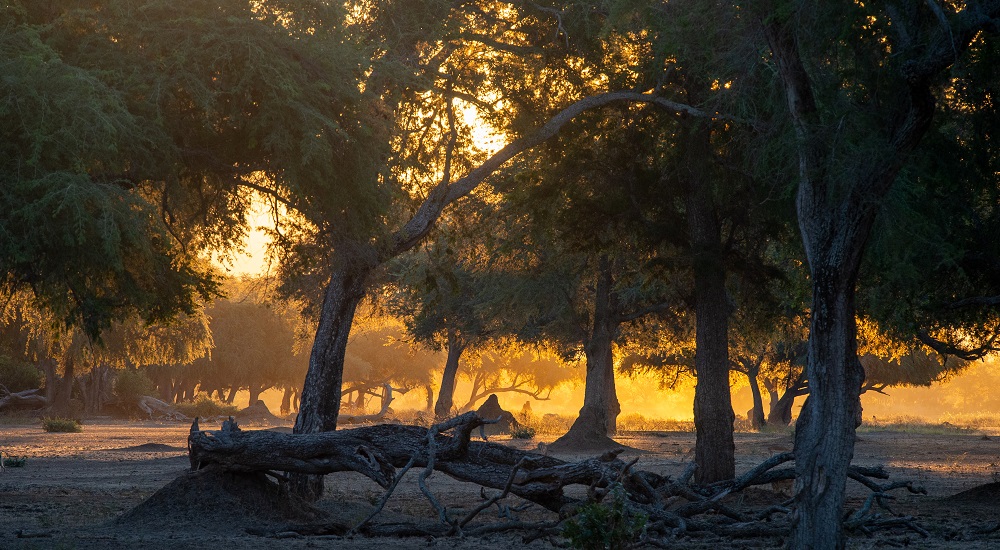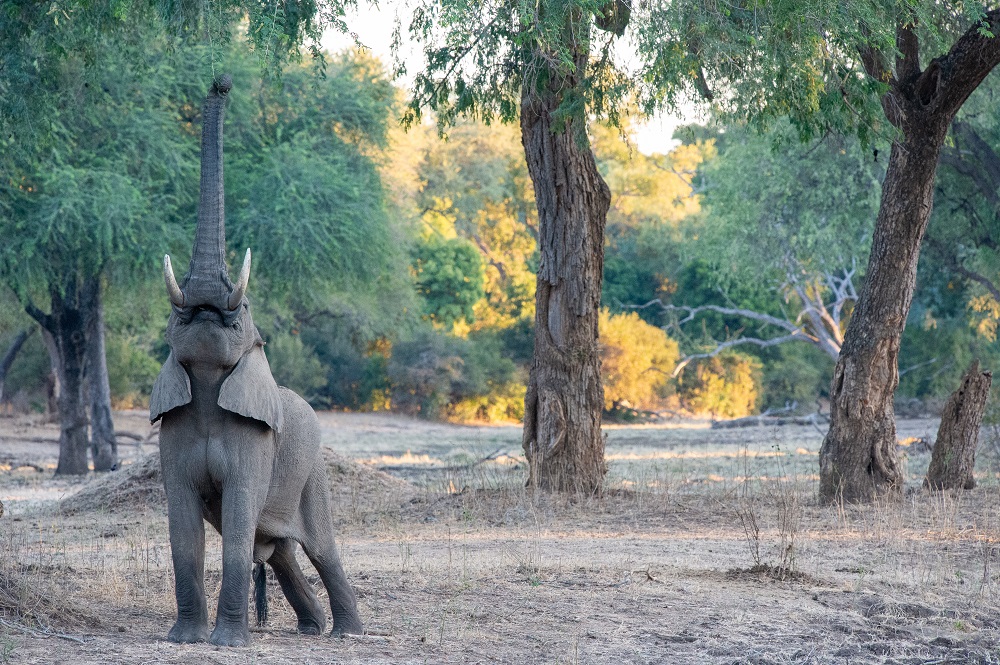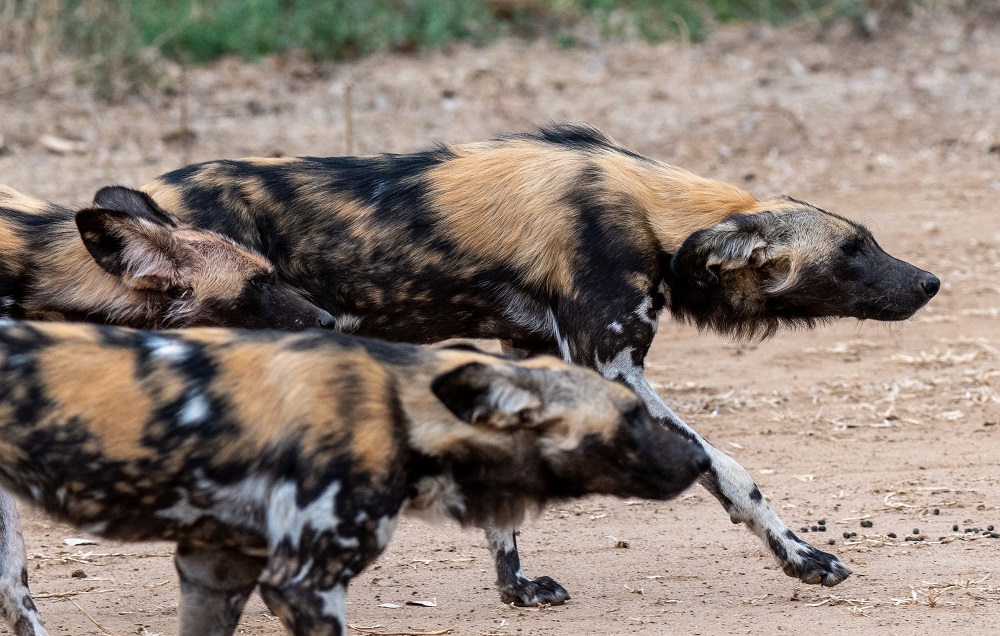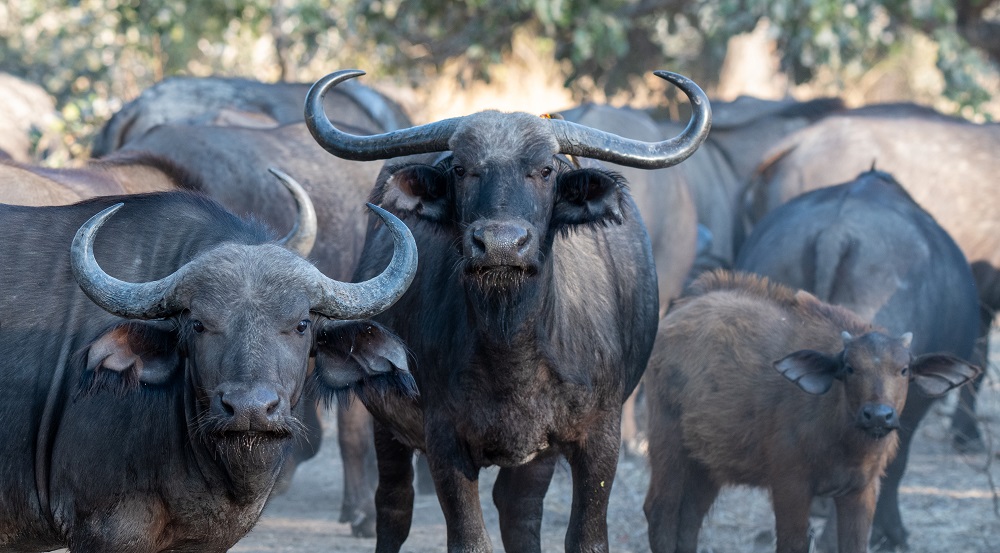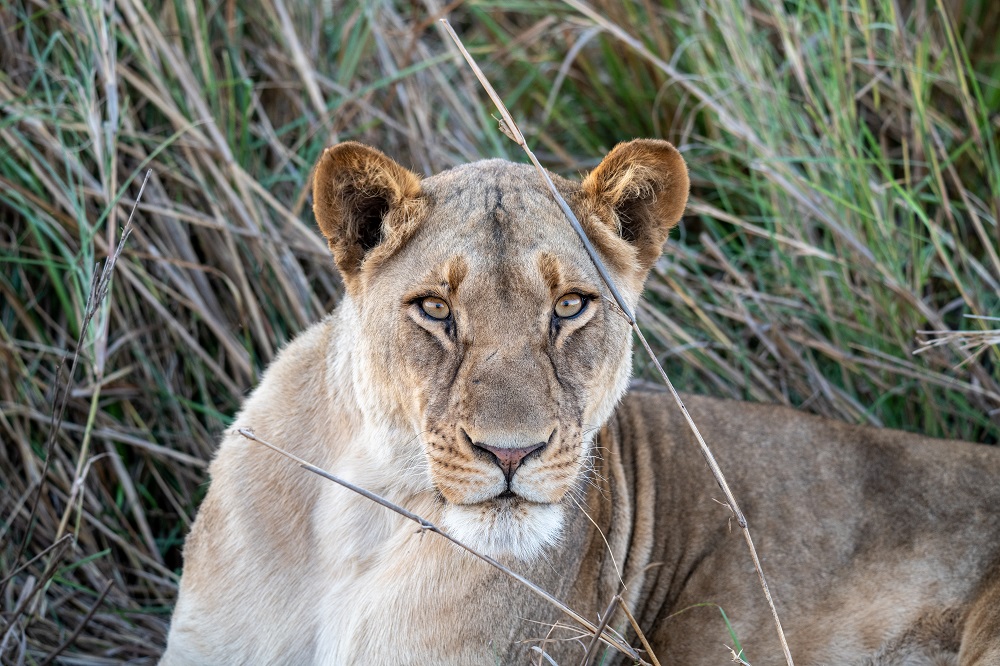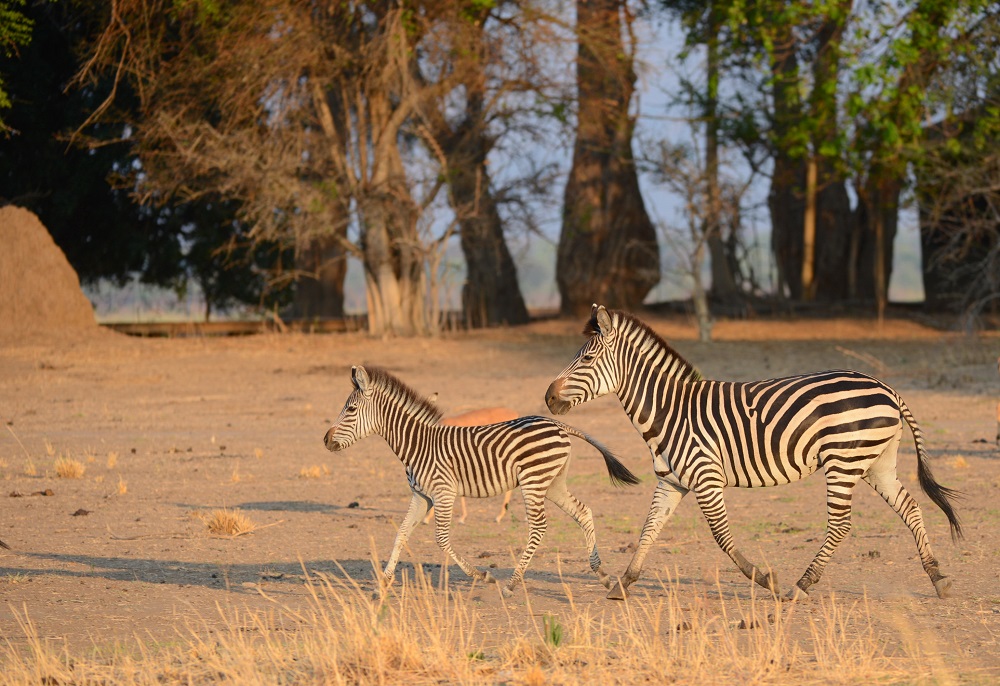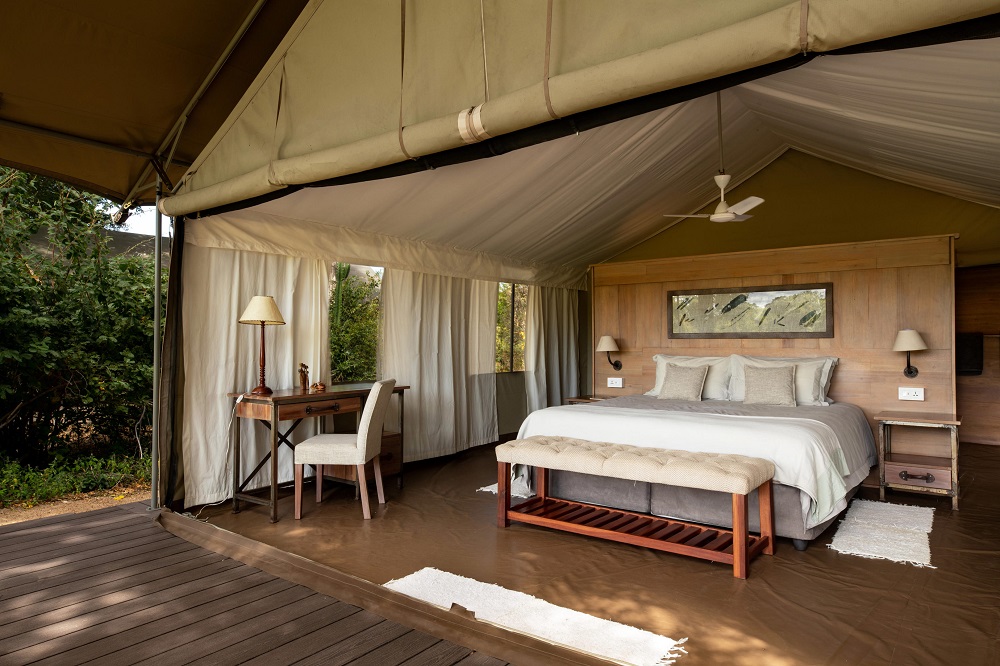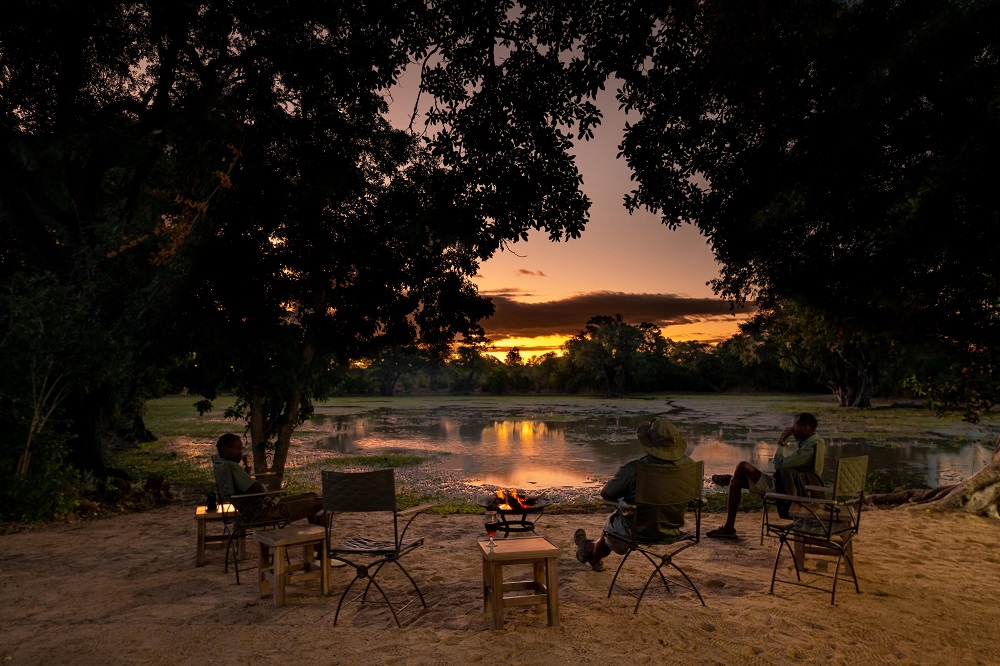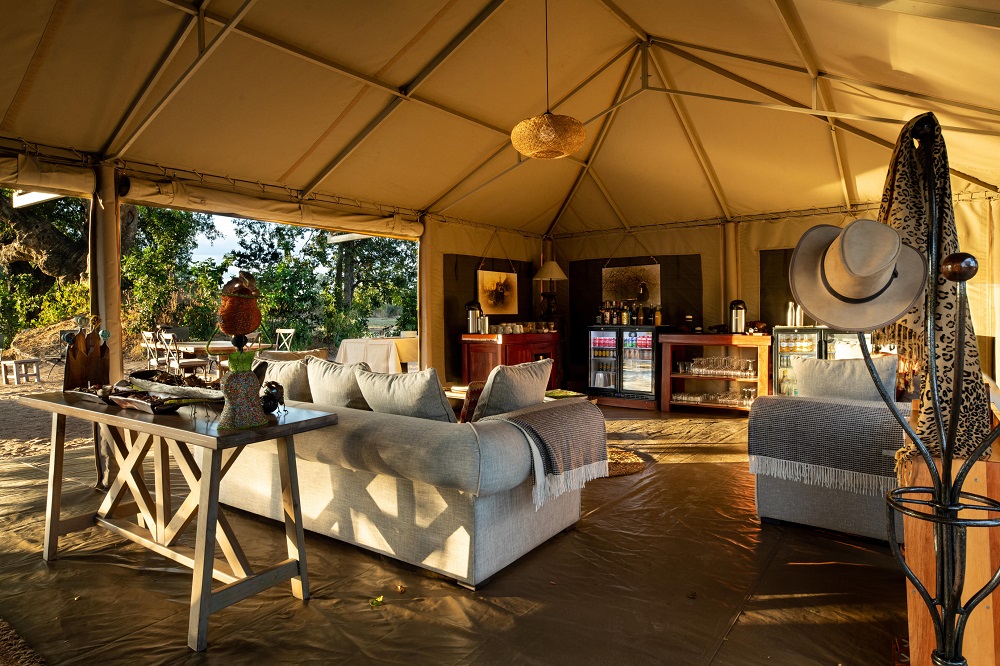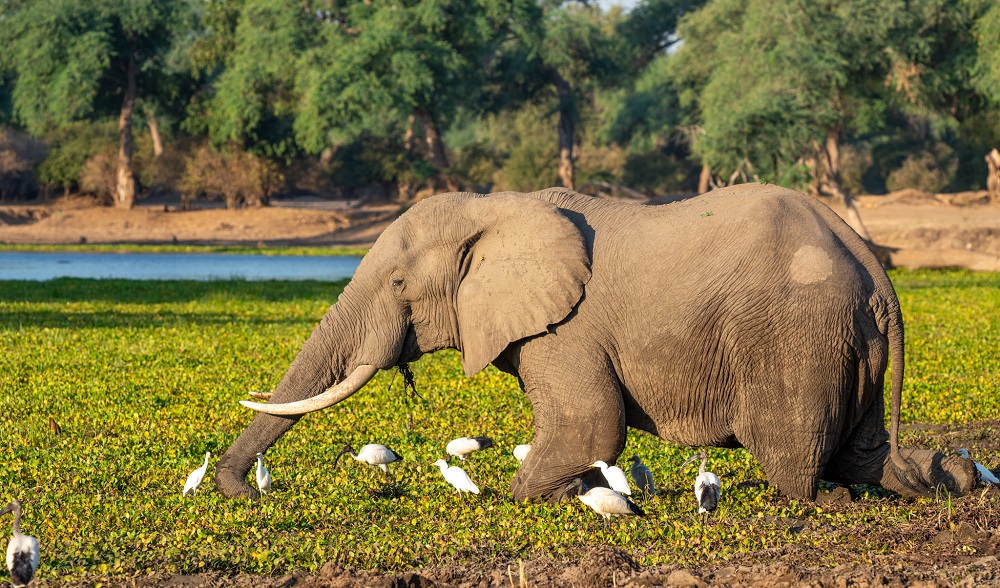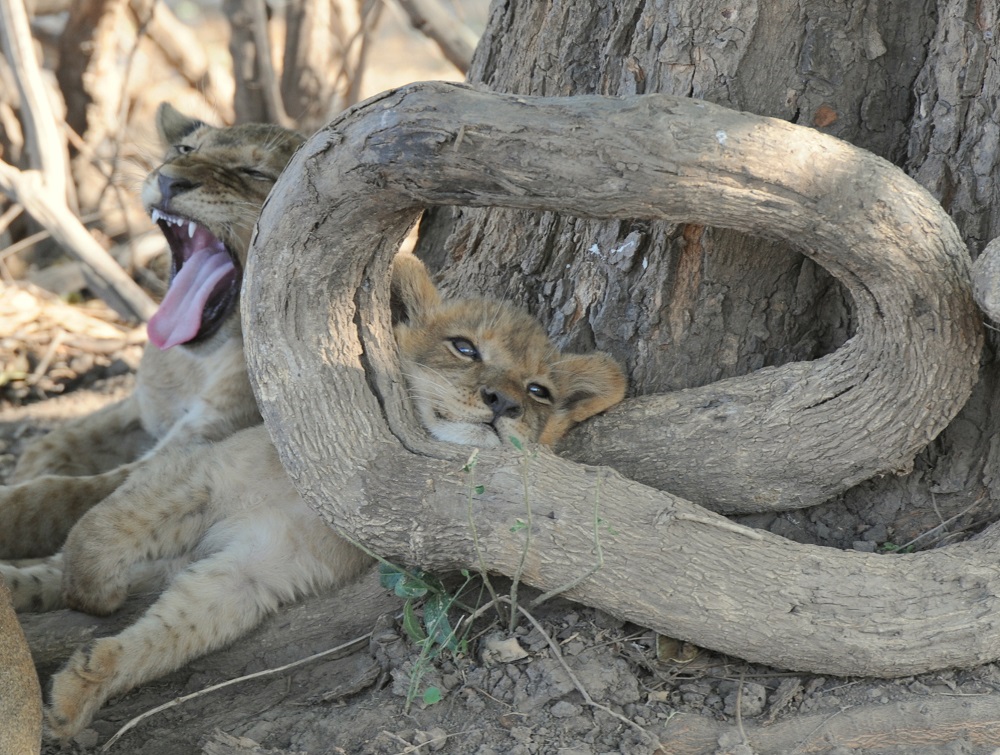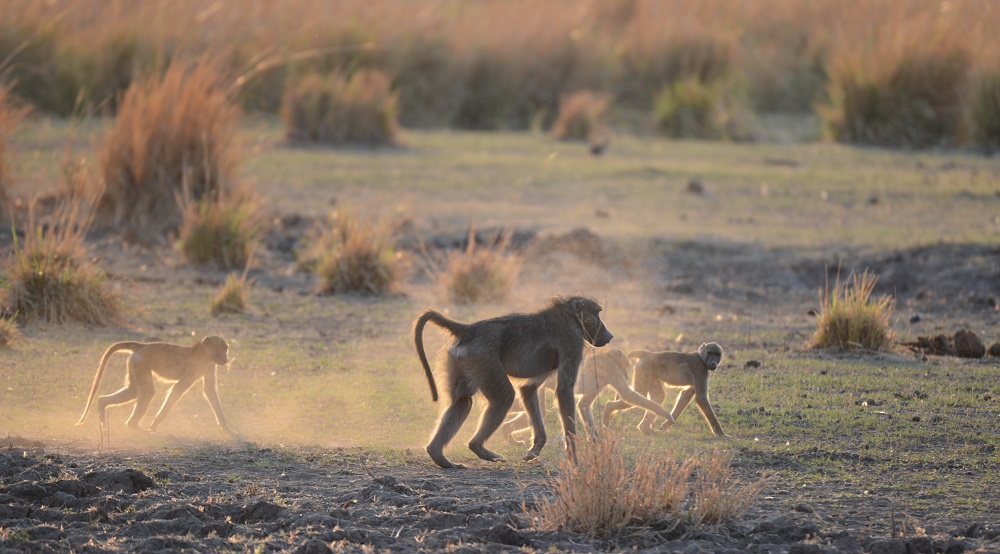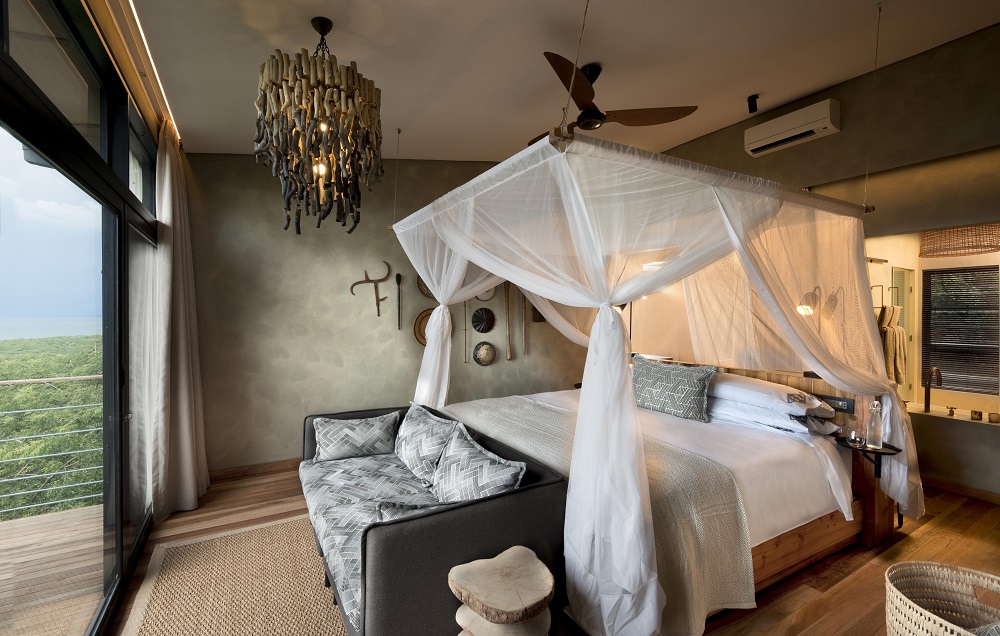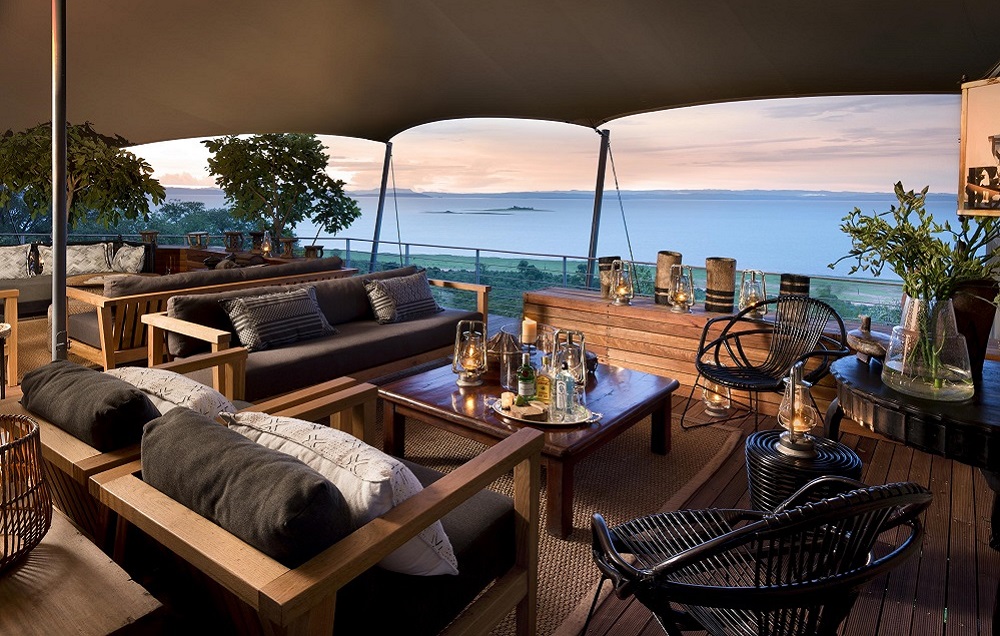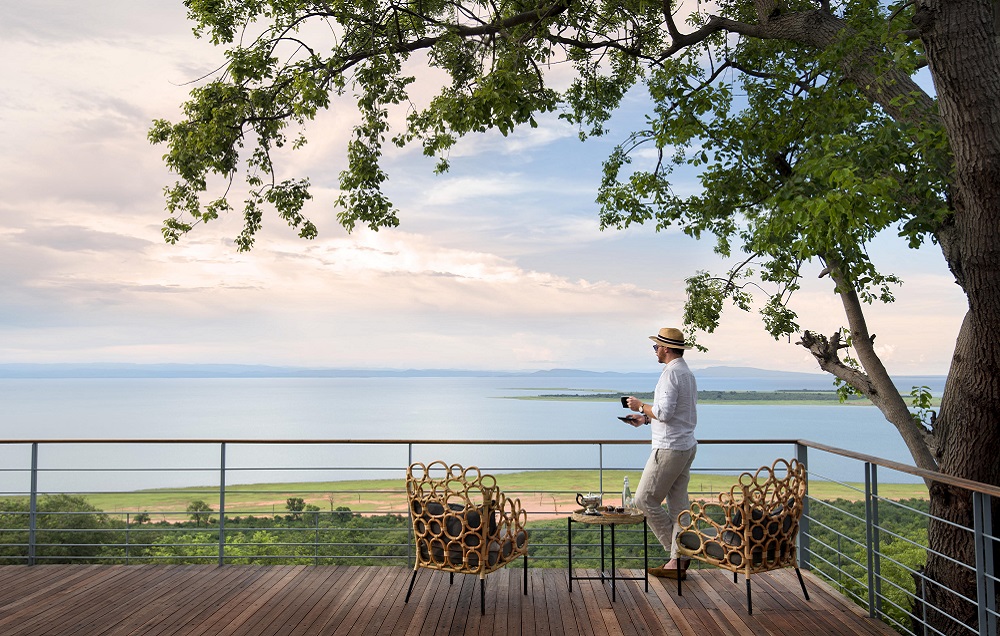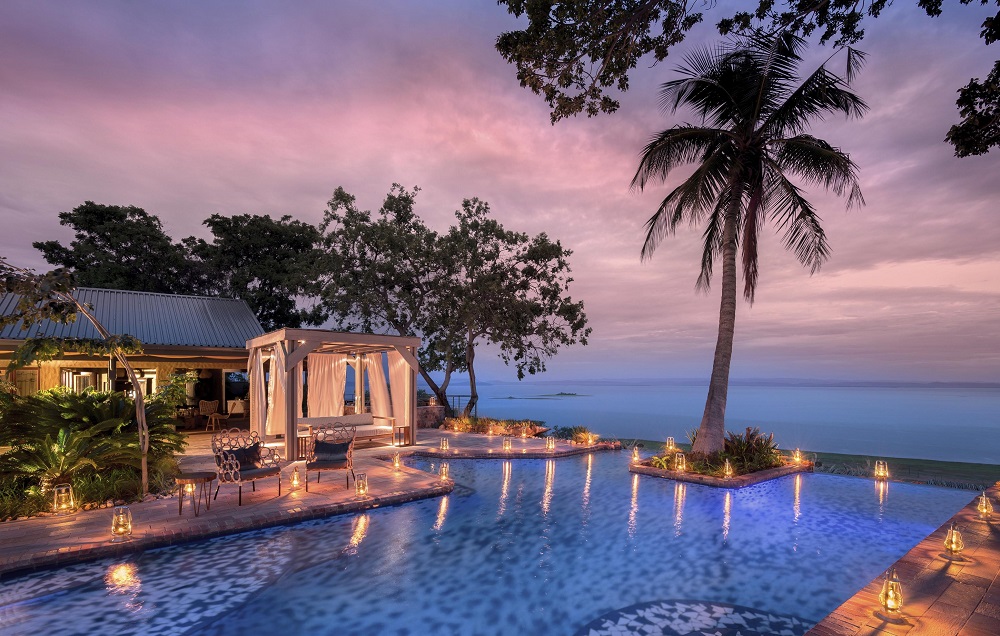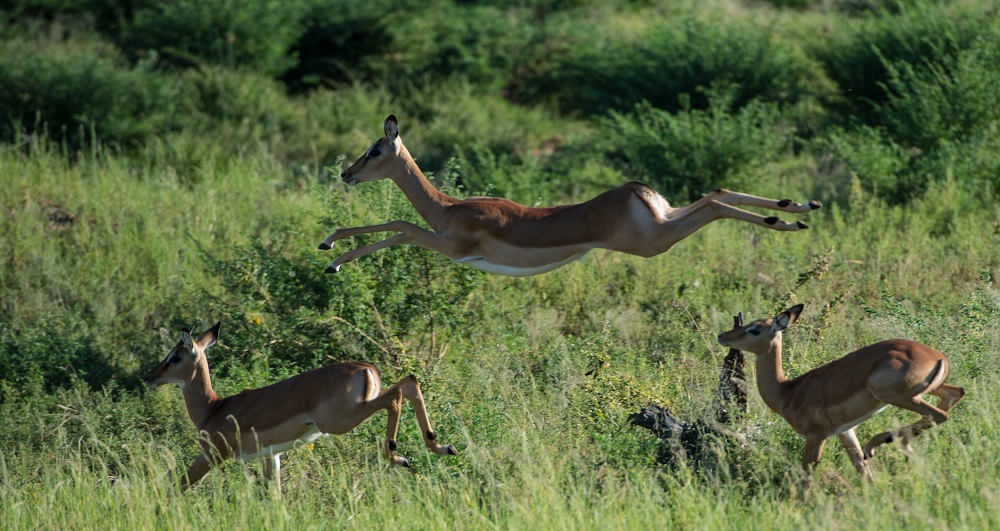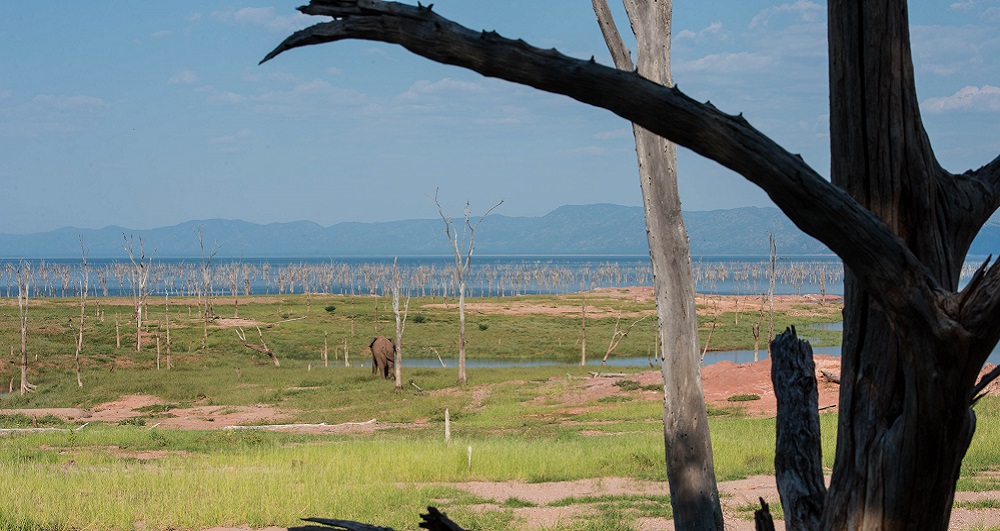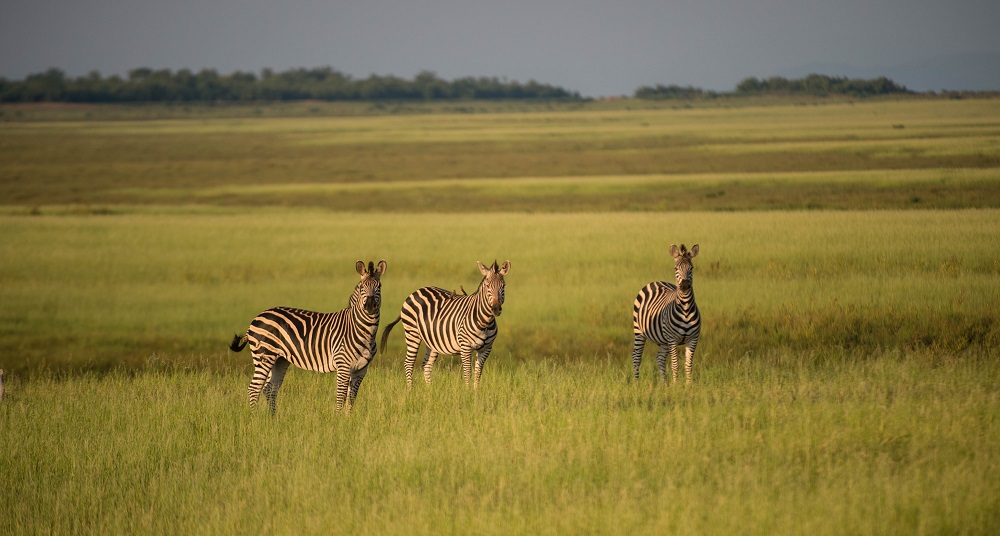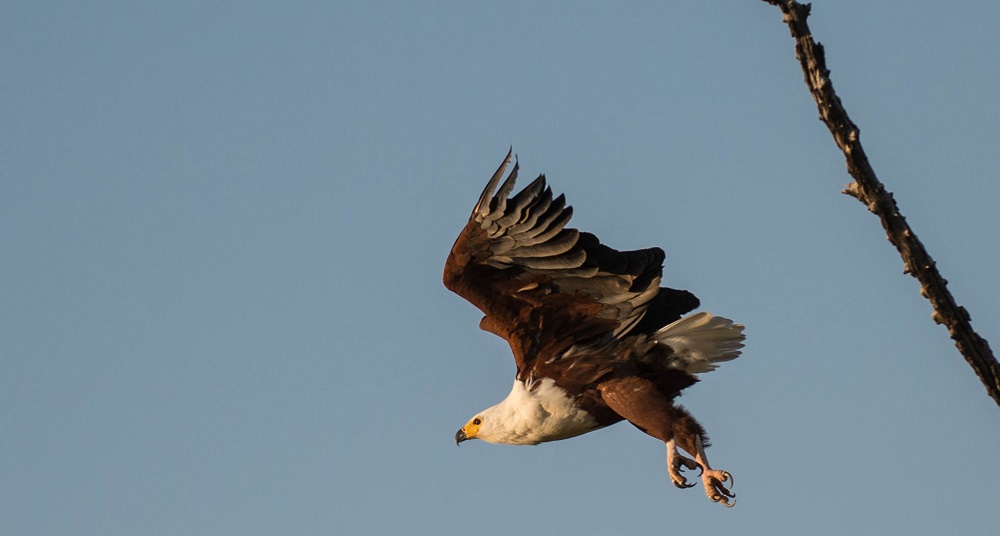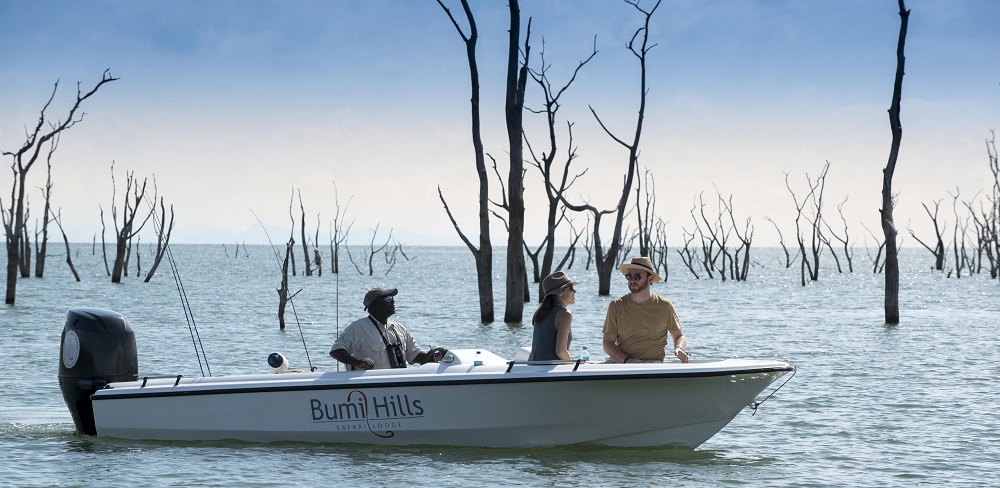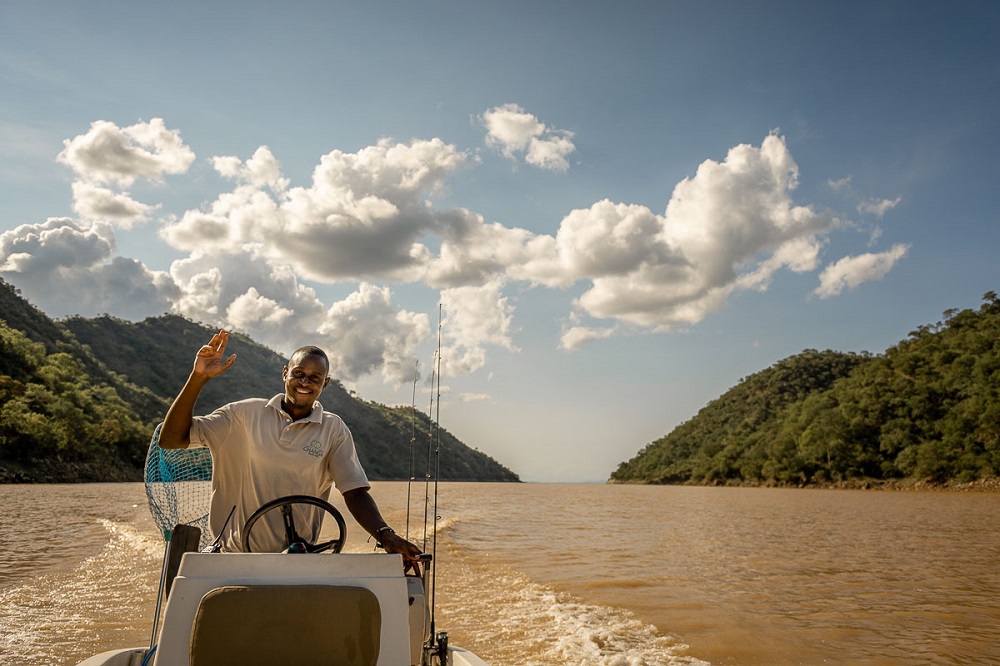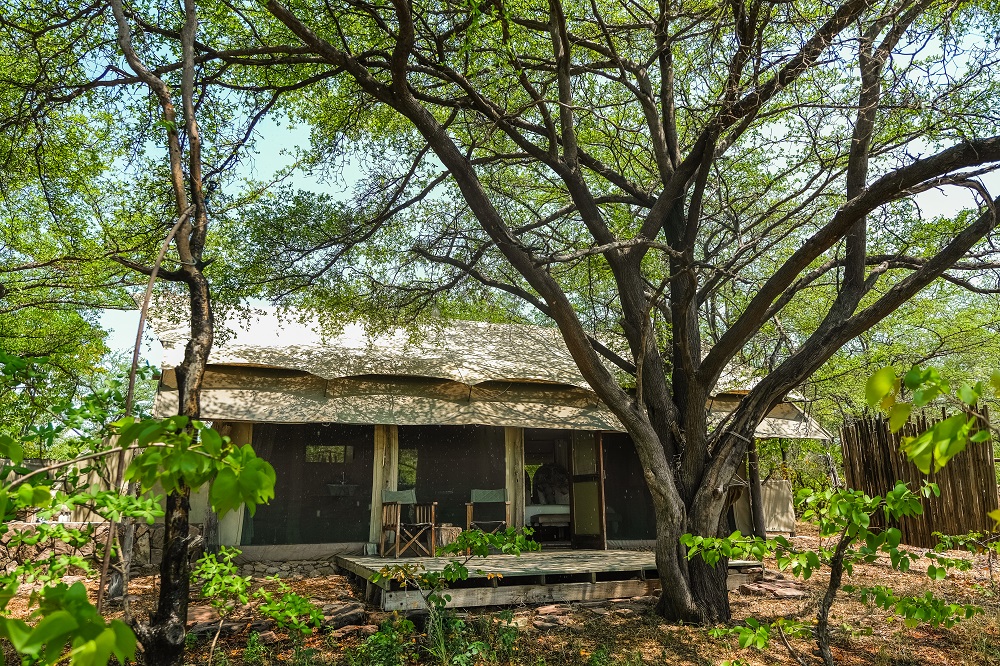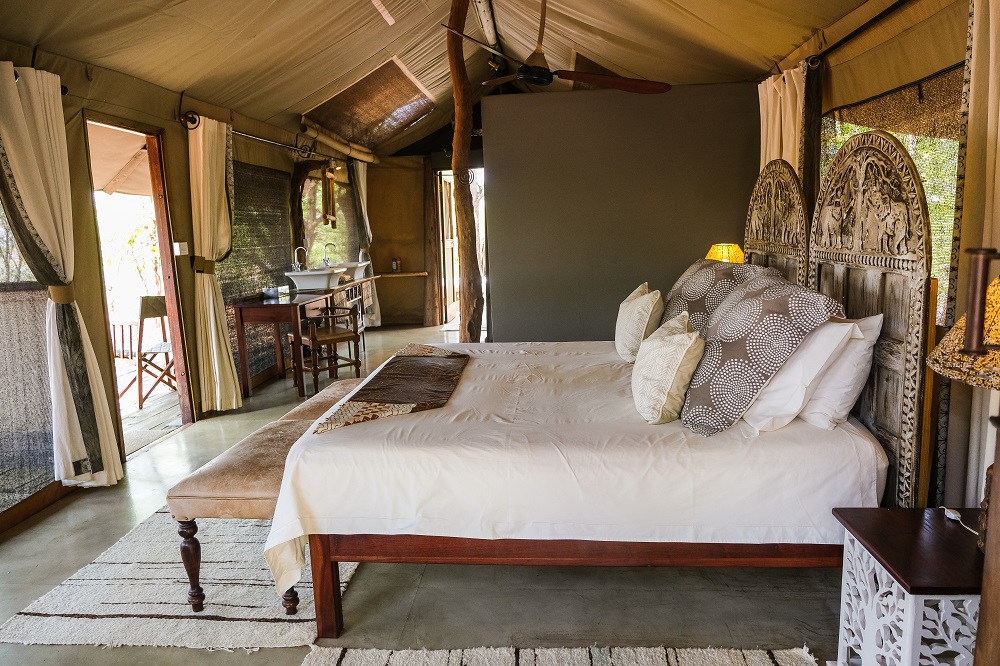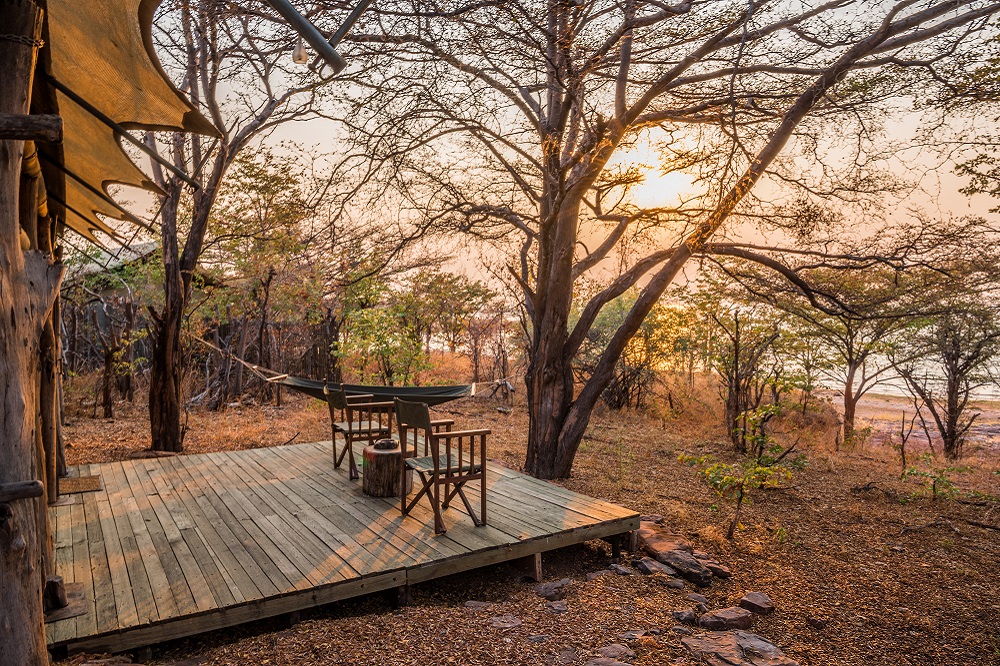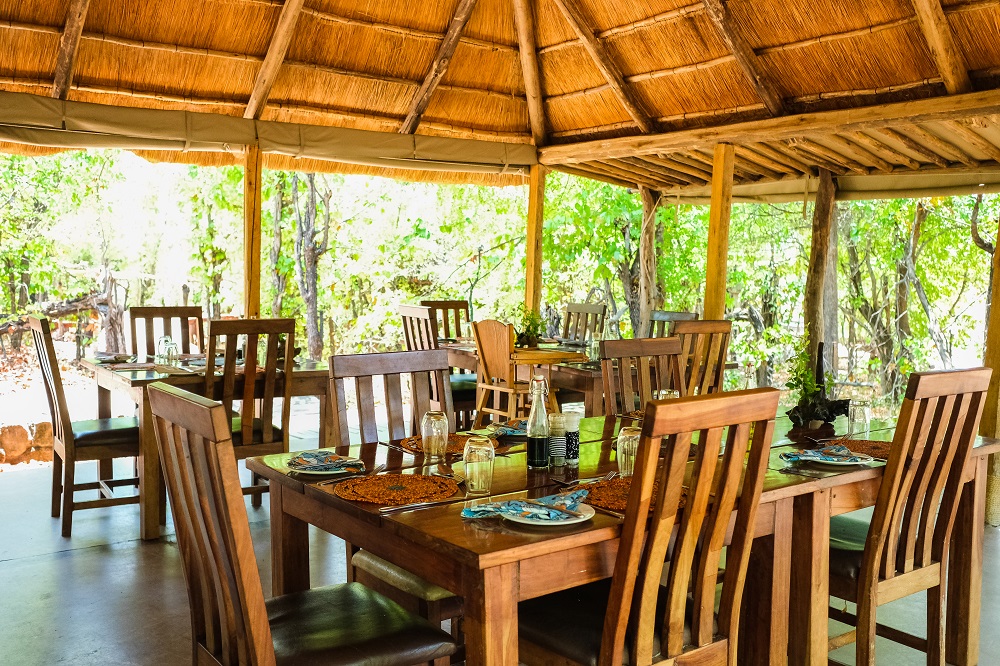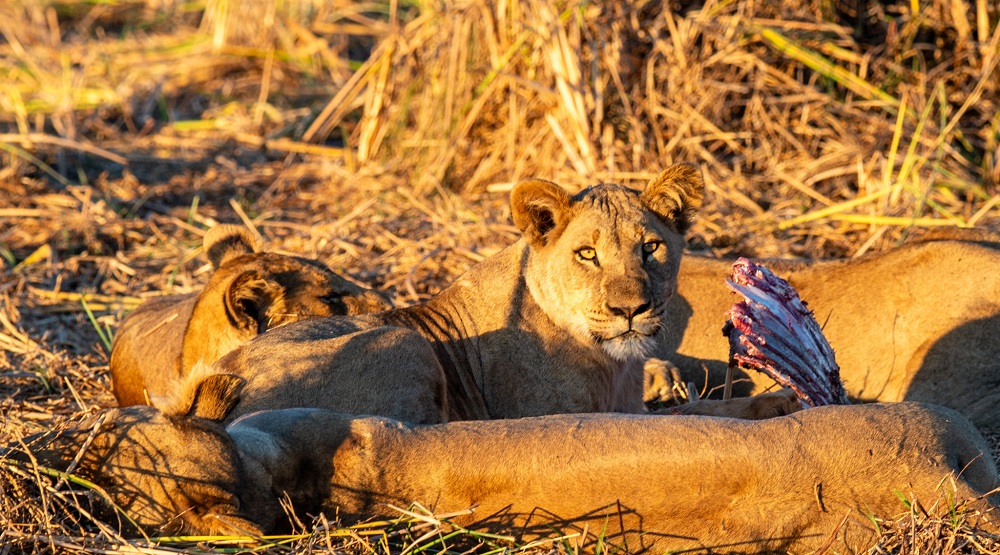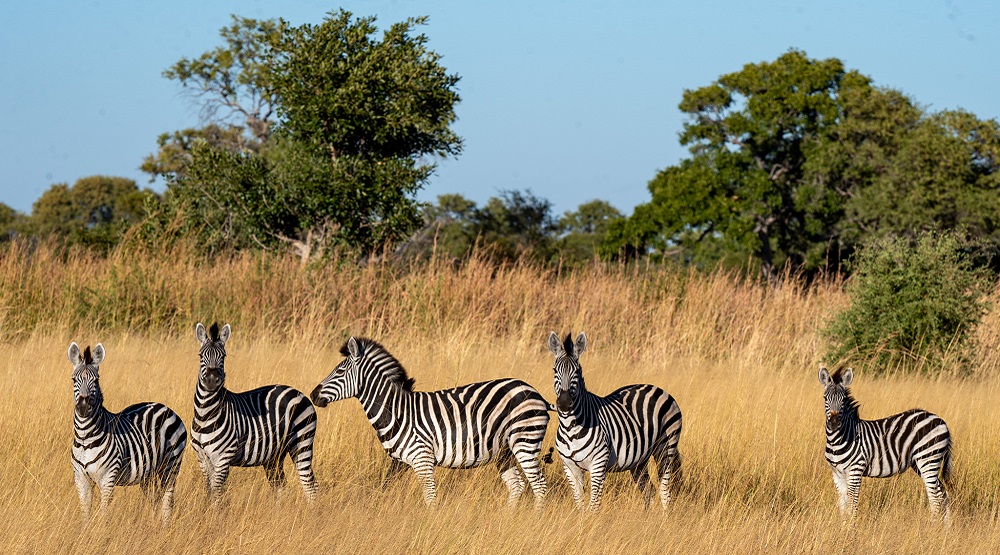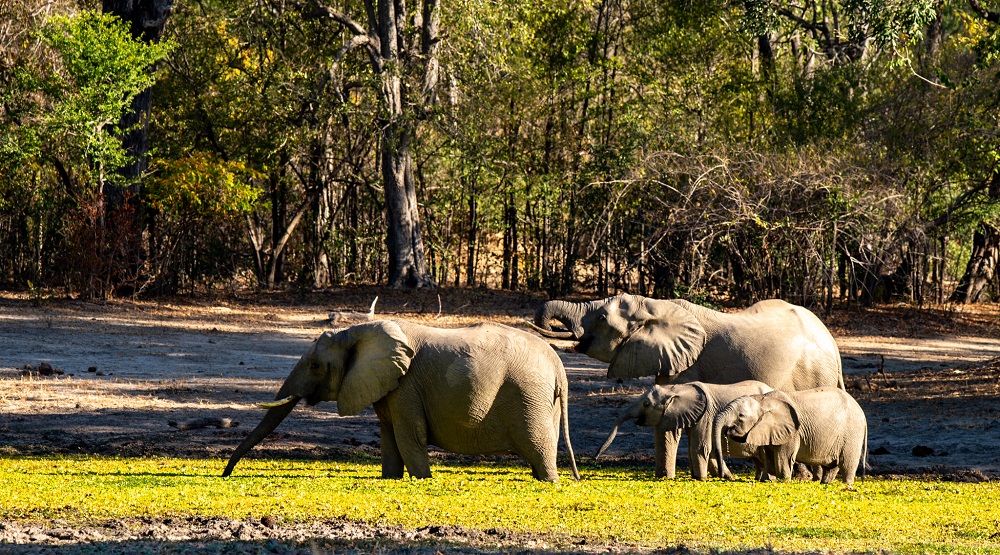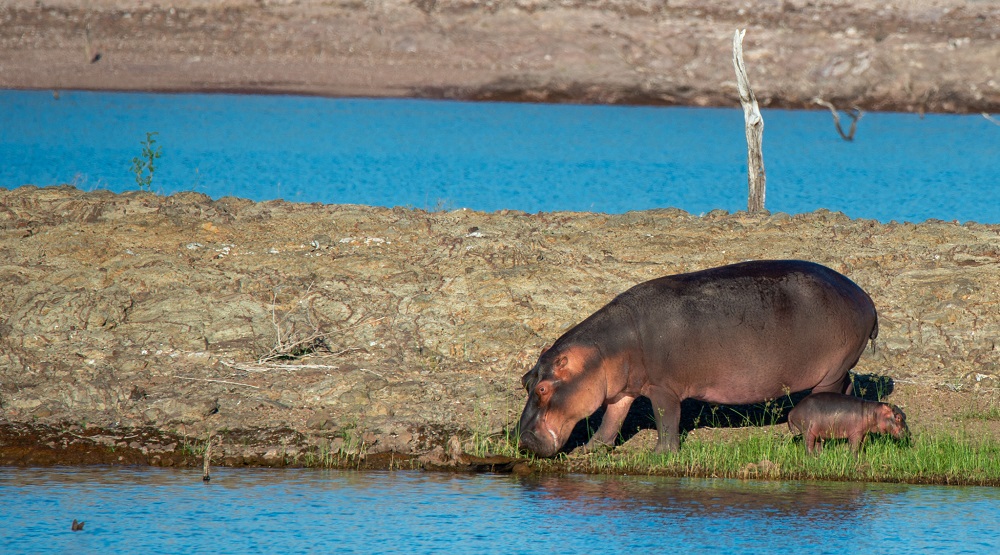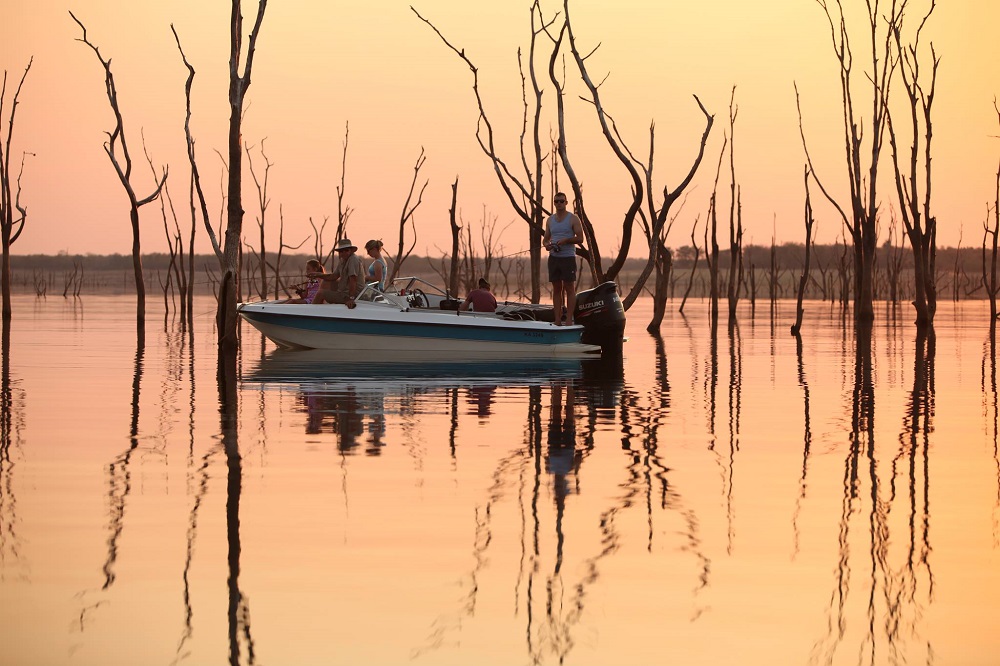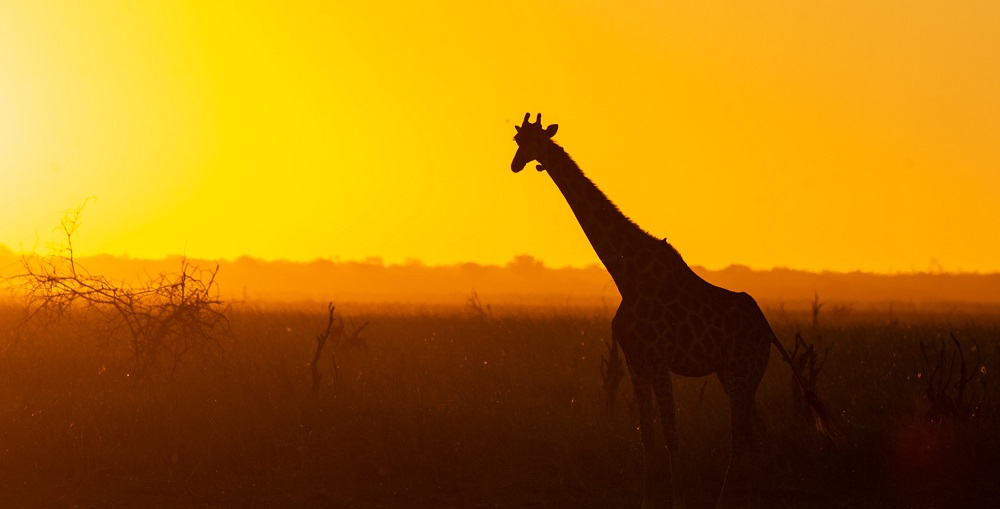Babylonstoren is an old Cape Dutch farm, set at the foot of Simonsberg in the Franschhoek wine valley. It is also one of the most beautiful and welcoming hotels we have ever been to, with sublime architecture, wonderfully cozy cottages, inspiring gardens, food which is simply on another level compared with practically anything else and all-round hospitality and guest service that would put it high on a list of the best of the best.
We think Babylonstoren is the perfect spot for our guests to experience local South African culture through food and wine offerings and explorations. There is so much to do and see and experience with bike rides through the property, guided walks, wine-tasting, paddling canoes, enjoying a spa treatment, relaxing on the tiny secluded ‘beach,’ going on a mountain drive, immersing yourself in an interactive farm experience, and interacting with the resident tortoises, donkeys, chickens, turkey, ducks and geese. You may want to try your hand at baking some bread and definitely make some time to browse the farm store with its selection of mouthwatering edibles, wines, books, pantry items and more.
Babylonstoren was firing on all cylinders right from the word go. Arriving after a monster drive from Samara, there was a friendly and helpful staff member ready to assist with our luggage (a lot of it!) which was sent straight to the room. One of the assistant managers Jerry – who helped with the minimal sign-in formalities – was delightful and quickly dispelled my road fatigue with his bubbly personality and disarming smile. I think Kathy and I realized almost right away that a 2-night stay was going to be way too short.
En route to our room – a 1-bedroom garden cottage – we peeked into the small guest lounge – part of the reception area – where guests can come 24/7 for a courtesy drink and some snacks. It is well used, judging by the number of people we saw there over the next couple of days. Babylonstoren is a true boutique hotel, sleeping just 80 persons maximum.
Garden Cottage room at Babylonstoren
Our garden cottage room had everything we needed and some things which we didn’t – but loved anyway. Two coffee stations, freshly pressed juice from seasonal fruit and vegetables. Bottled water – a proprietary Babylonstoren blend. A selection of fresh fruit straight from the garden including delicious tangerines. Two bottles of Babylonstoren house wines. A red Babel blend (Shiraz, Cabernet Sauvignon, Merlot, Cabernet Franc, Petit Verdot, Pinotage and Malbec) and their Candide white blend (Chenin Blanc, Chardonnay, Viognier, Sémillon and Roussanne). A selection of Babylonstoren candies. A small library with about 100 books ranging from Pakenham’s definitive work on the subject – ‘The Boer War’ – to the collected works of Eugene Marais in Afrikaans. Including his incisive study of chacma baboons in the Waterberg range of South Africa, previously published as ‘The soul of the ape.’
The room also had a flatscreen TV (which remained dark) in a small lounge area with a 2-seater loveseat, a small white table with two chairs and a well functioning fireplace which did not fill the room with any smoke. We gave it our best shot, keeping the fireplace lit until well into the night. Make that both nights.
In the separate bathroom there’s a huge tub with as much steaming hot water as your heart could possibly desire. Plus a separate shower and toilet – all in the same decently sized but not excessively large bathroom.
We’re not done yet. Predictably, our Babylonstoren room had what turned out to be a heavenly bed. A king size four-poster with goose down cushions and a mattress which we would have dragged with us, given half a chance. It was rainy and cold outside (winter in the Cape!) but it mattered not one whit. We were snug and happy.
Rounding out the room fittings: a small fridge stocked with still and sparkling water. Also milk, an apple spinach juice and blood orange juice. We never did use the Wellington boots (also in the room) but perhaps we should have.
And yes we did actually make it out of the room on a few occasions. Despite some all too predictable winter weather, in the way of the Cape Doctor (a stiff southeasterly wind), intermittent showers with occasional heavy rain and temperatures which probably never exceeded 50F.
Dining at Babylonstoren
Nothing would have stopped us from enjoying the meals at Babel restaurant. The breakfasts were simply the best we’ve ever had, anywhere. A stunningly presented spread of local produce – a simply overwhelming array of fruits, breads, cheeses, nuts and more. The eggs were perfectly done – always a sign of a good kitchen – and their boerewors sausage had just the right amount of coriander seasoning. The sparkling server had some great suggestions; I think the customer service alone is reason enough to want to return to Babylonstoren.
The two dinners were both highlights of our South Africa stay. One evening we had steak – a beef filet on the bone – which was done perfectly medium rare, with roasted herbed potatoes cooked just the way we like them. The accompanying salad complemented the meal perfectly and it was also delicious, with most of the ingredients grown and harvested on the farm itself. The other dinner was a perfectly grilled filet of fish served with fresh seasonal vegetables. To finish? A citrus-infused meringue and a rose geranium-and-coconut panna cotta.
Hopefully on a future visit we’ll get to do some of the olive oil and wine tasting, the garden tours, the mountain drive, bike around the property and maybe spend a bit of time by the pool. The gardens are clearly spectacular and deserving of at least an hour or two of exploration. It will be high on our ‘to do’ list for the next time.
A hint: be sure to book any spa treatments well in advance. They’re popular and were fully booked during our stay.
In our opinion, Babylonstoren is a great addition to a Cape Town stay, particularly for visitors who have a special interest in food and wine and culture in general. Call us at 1-800-513-5222 or email Bert at bert@fisheaglesafaris.com to learn more and to start making your plans to visit the Cape Winelands.


